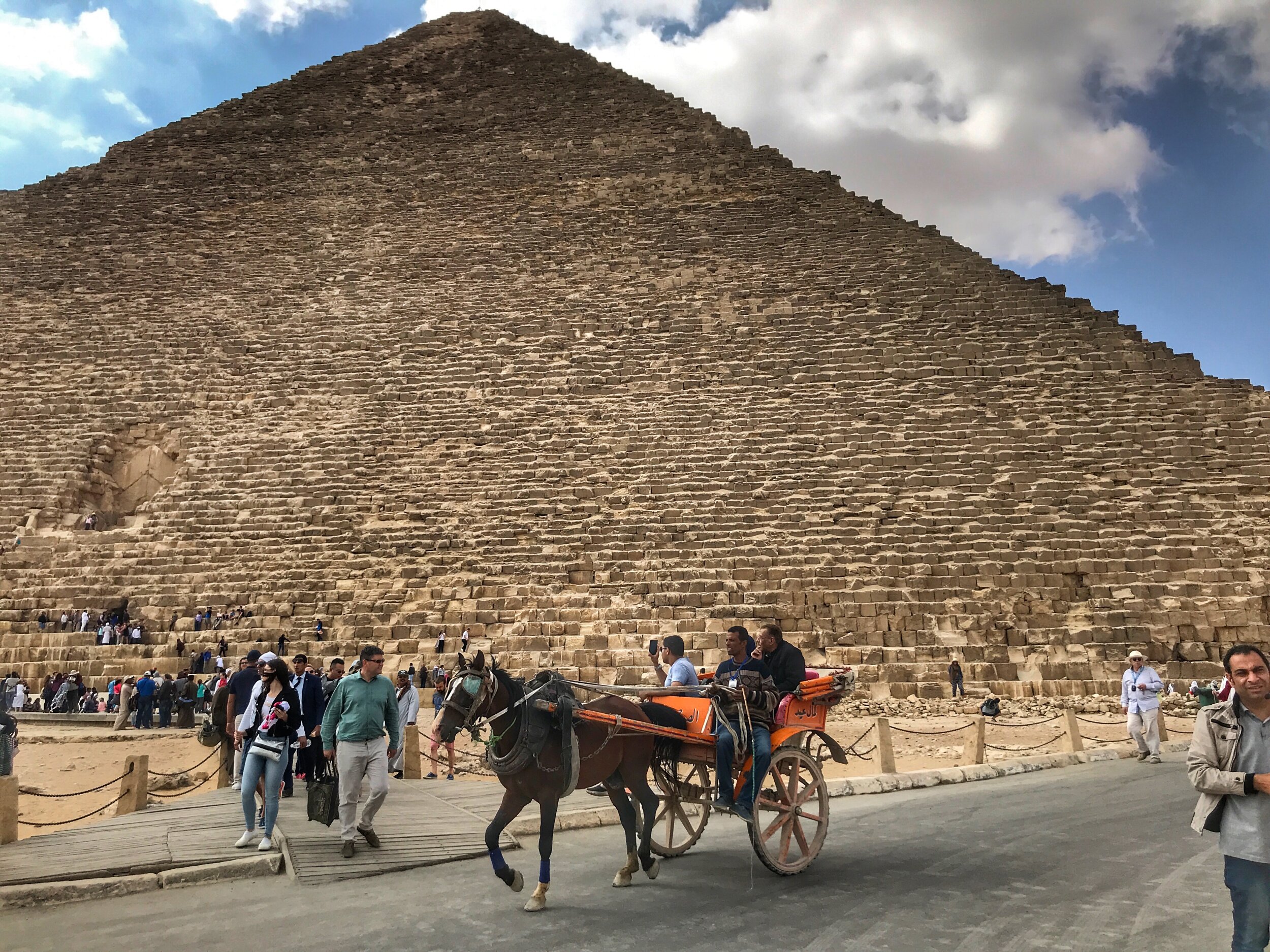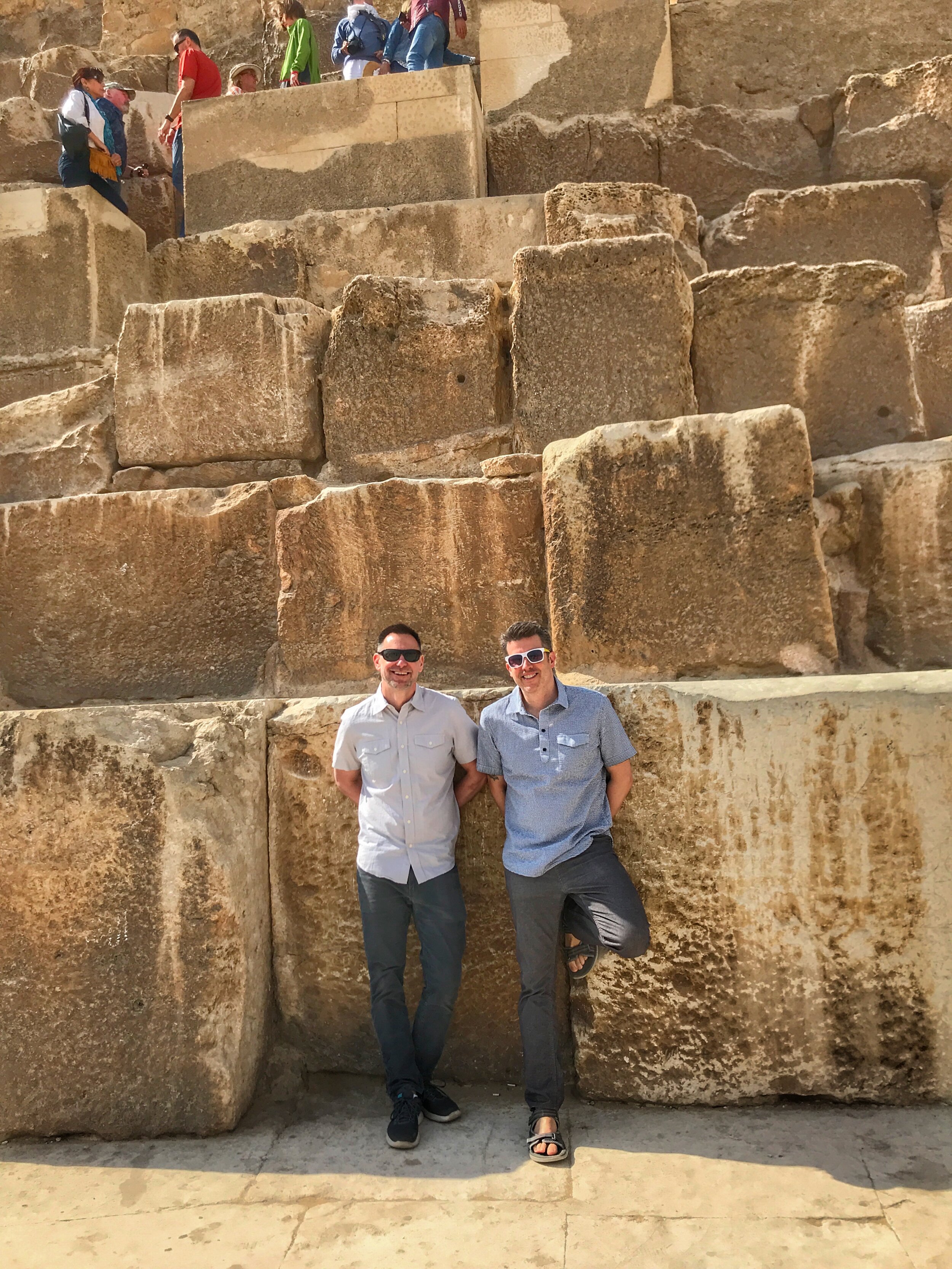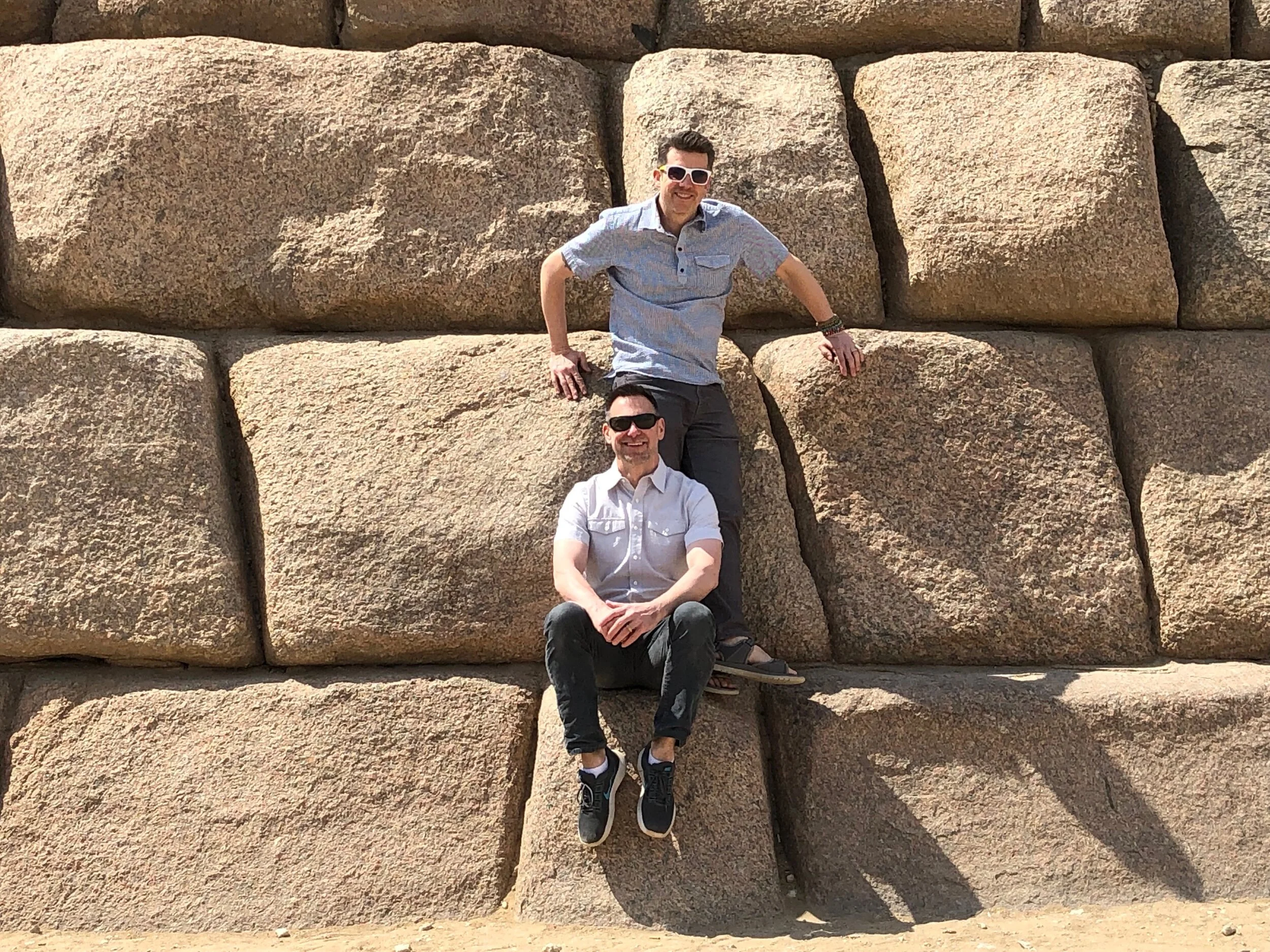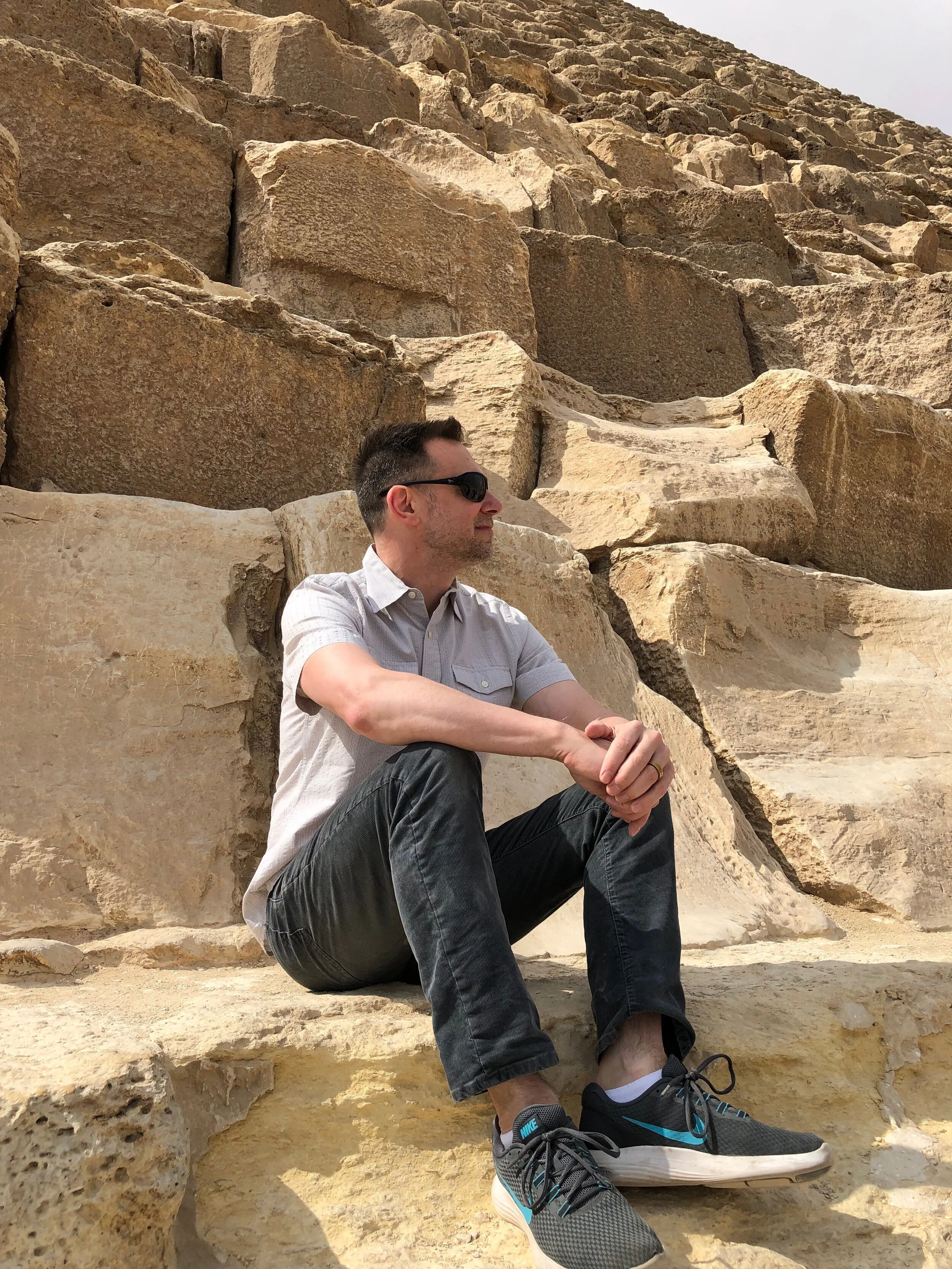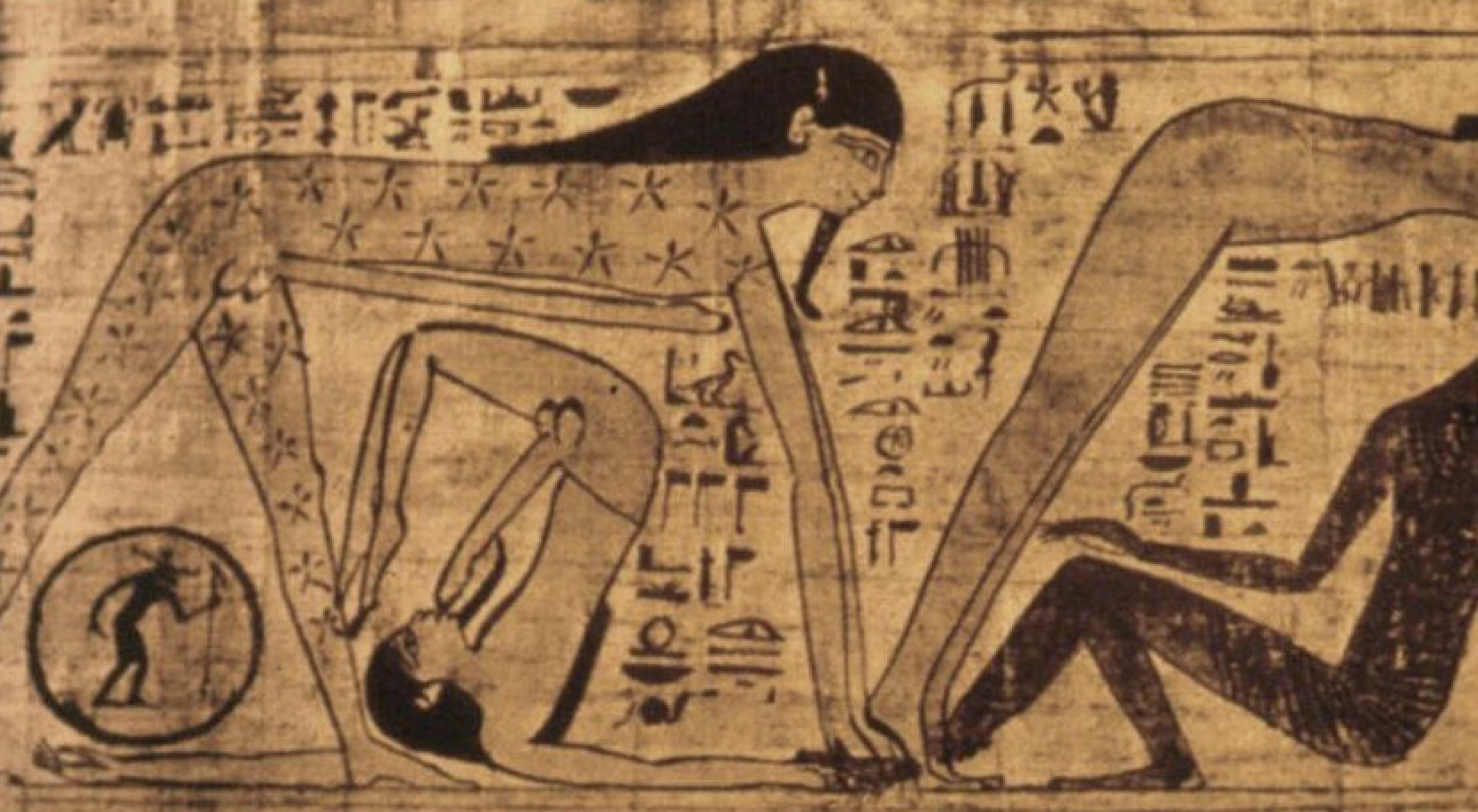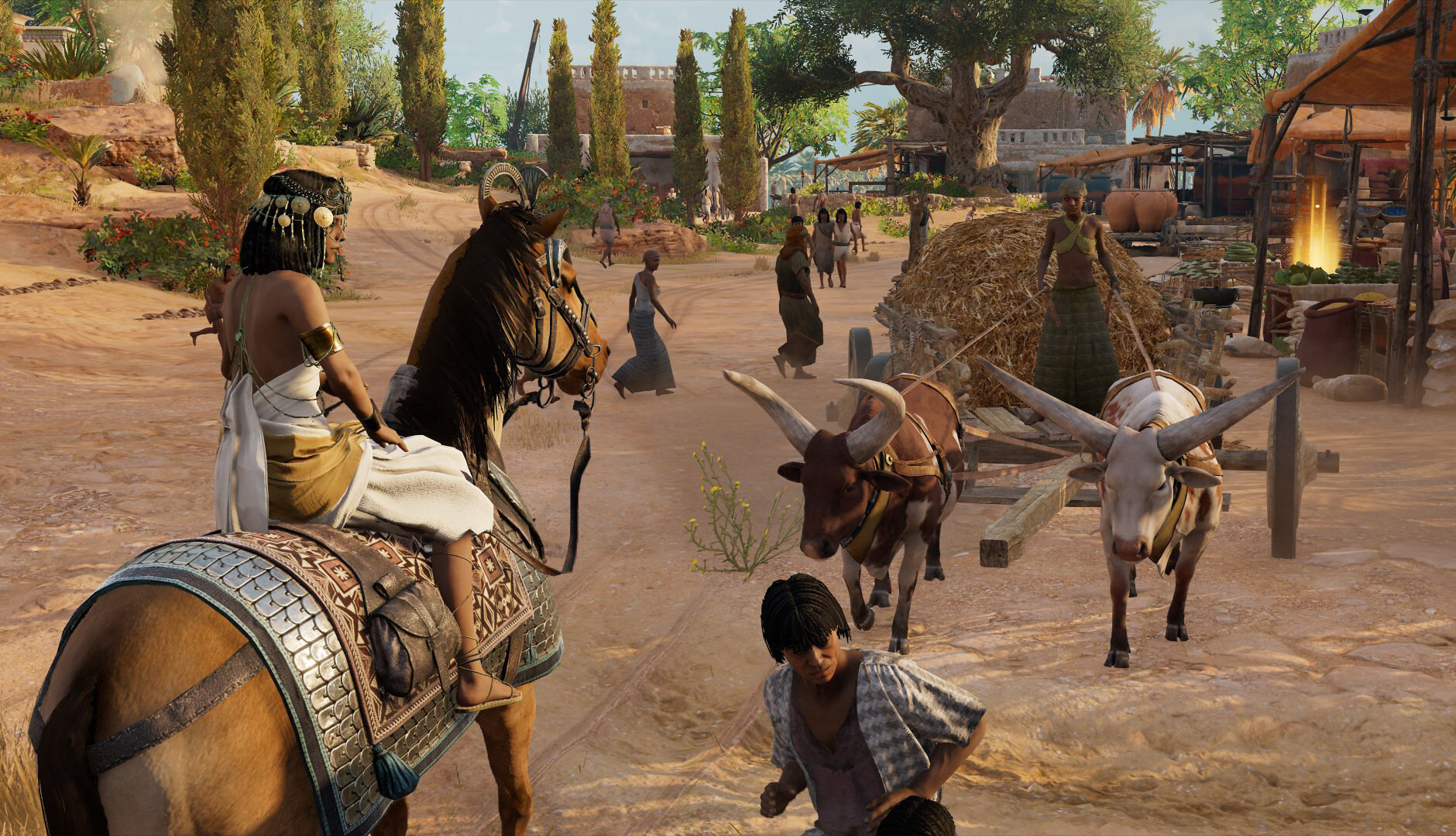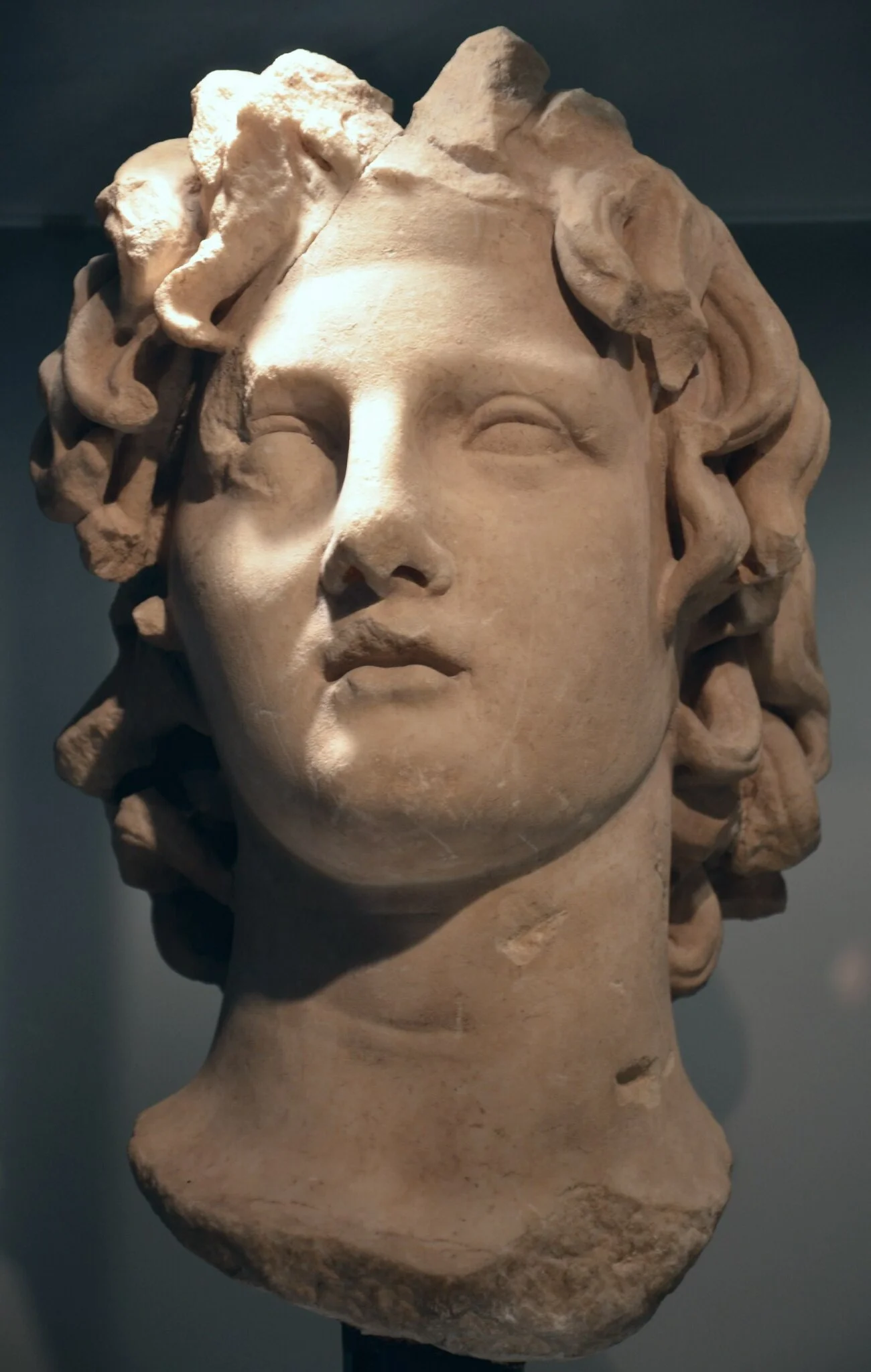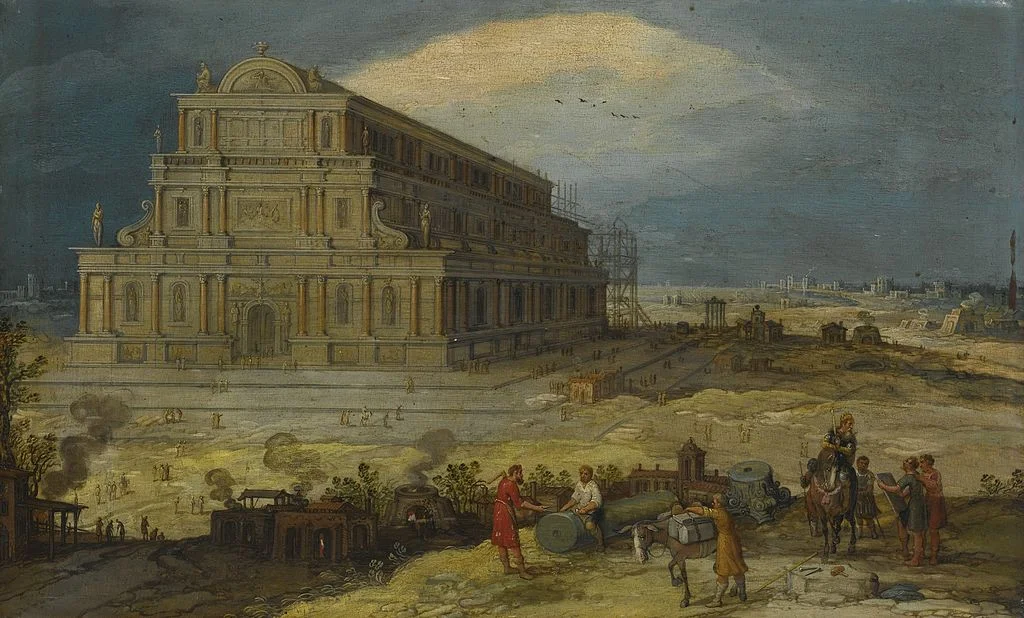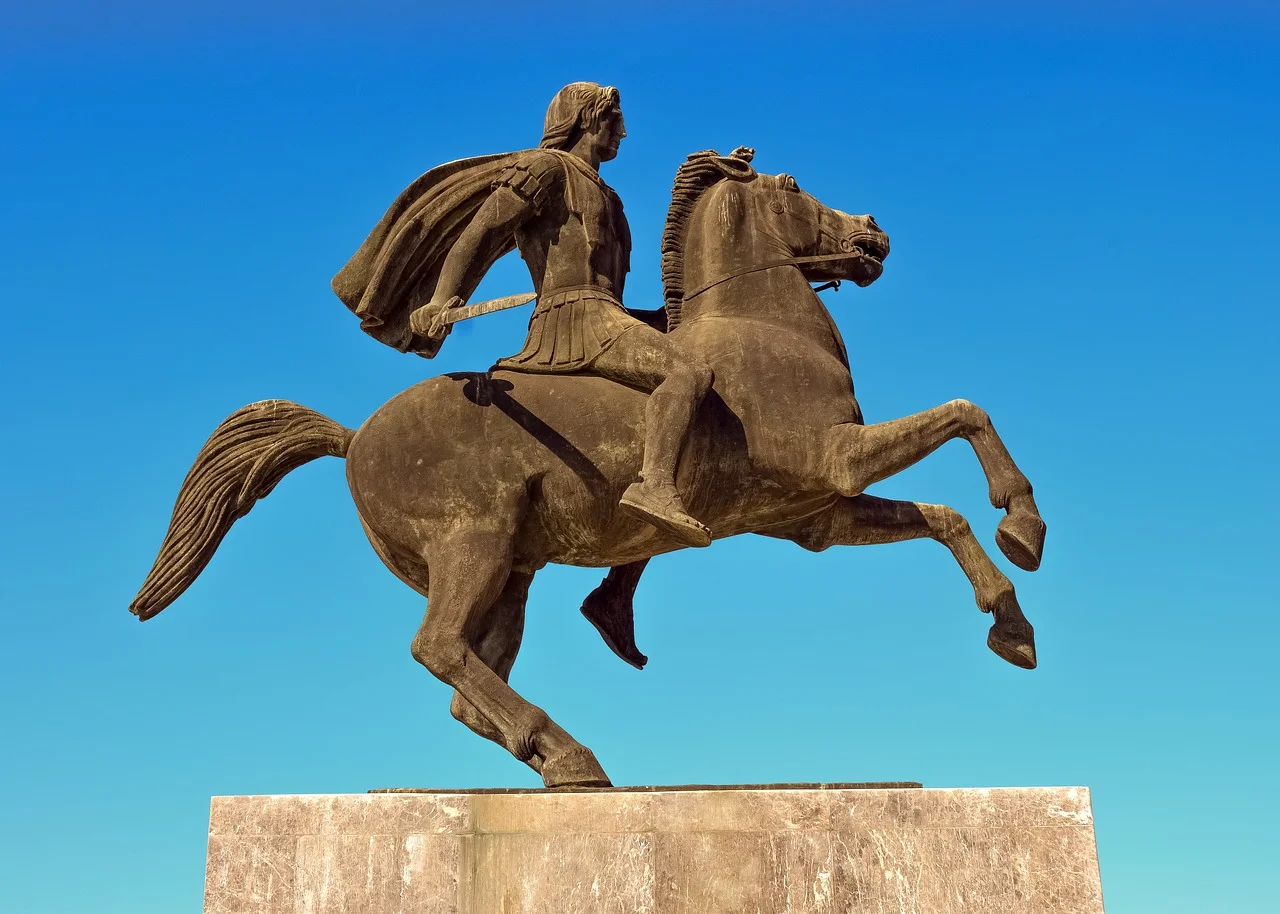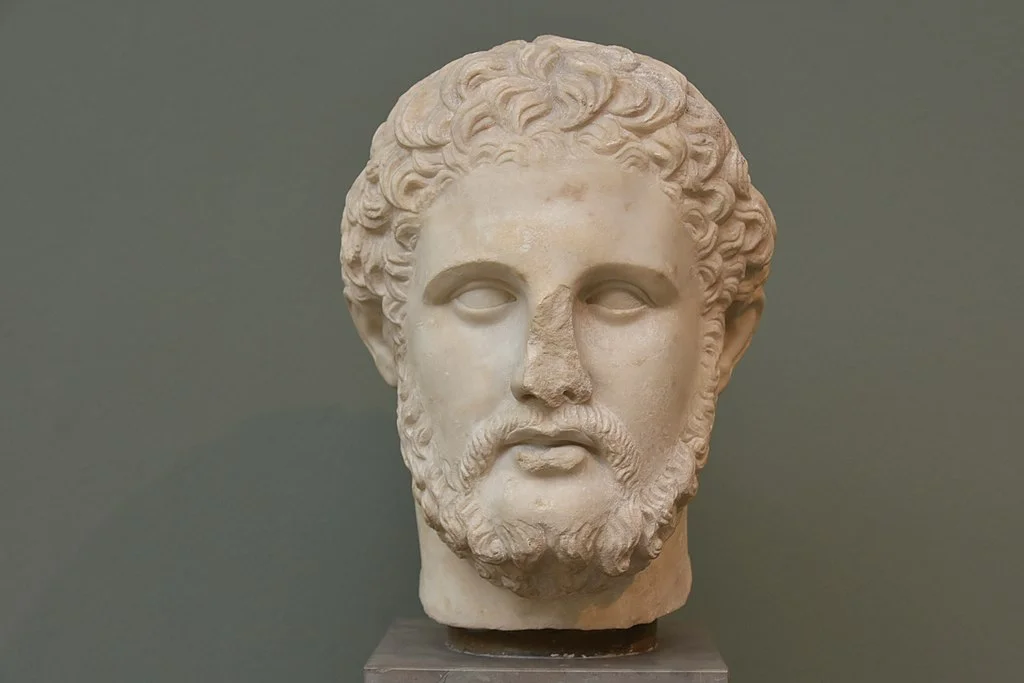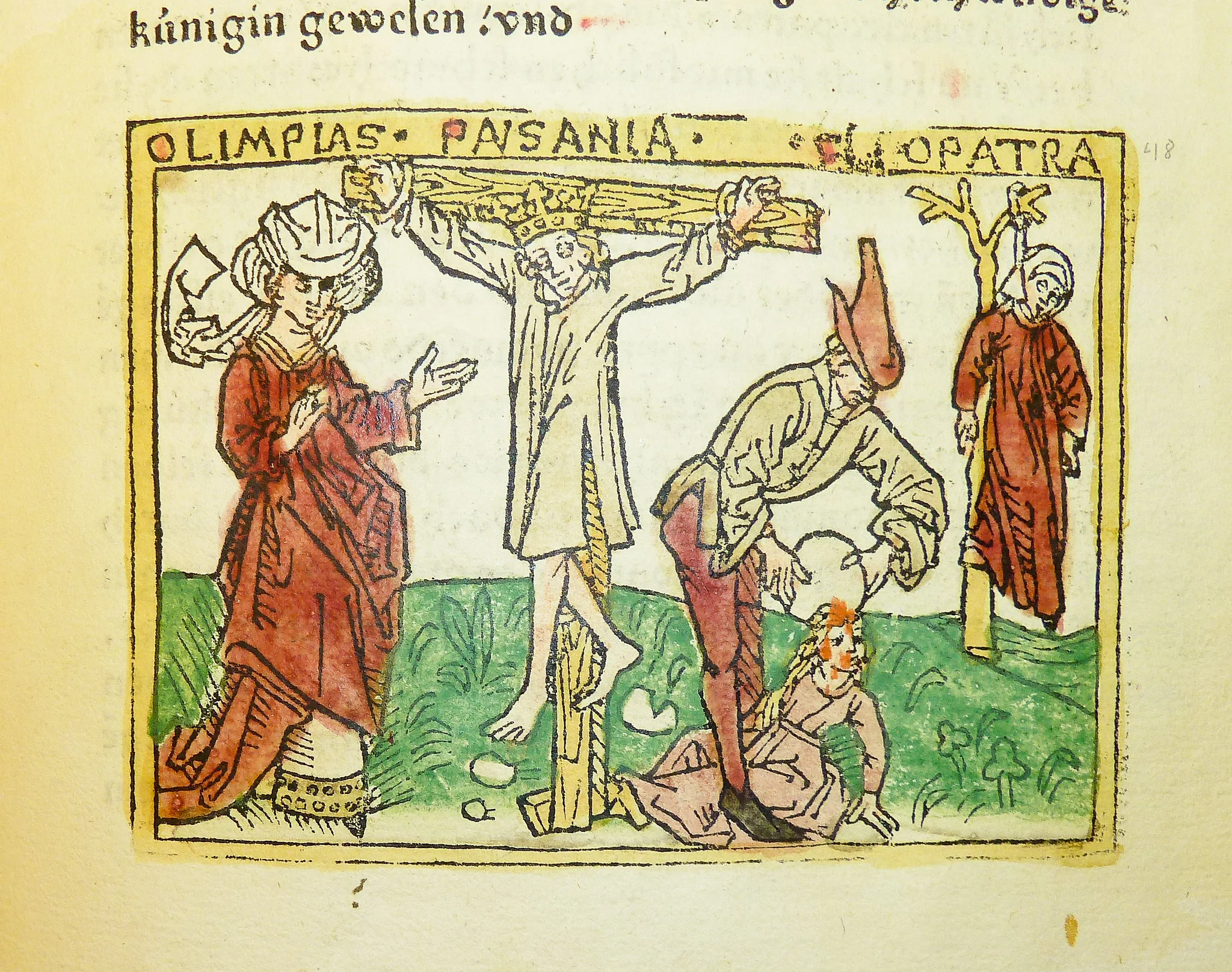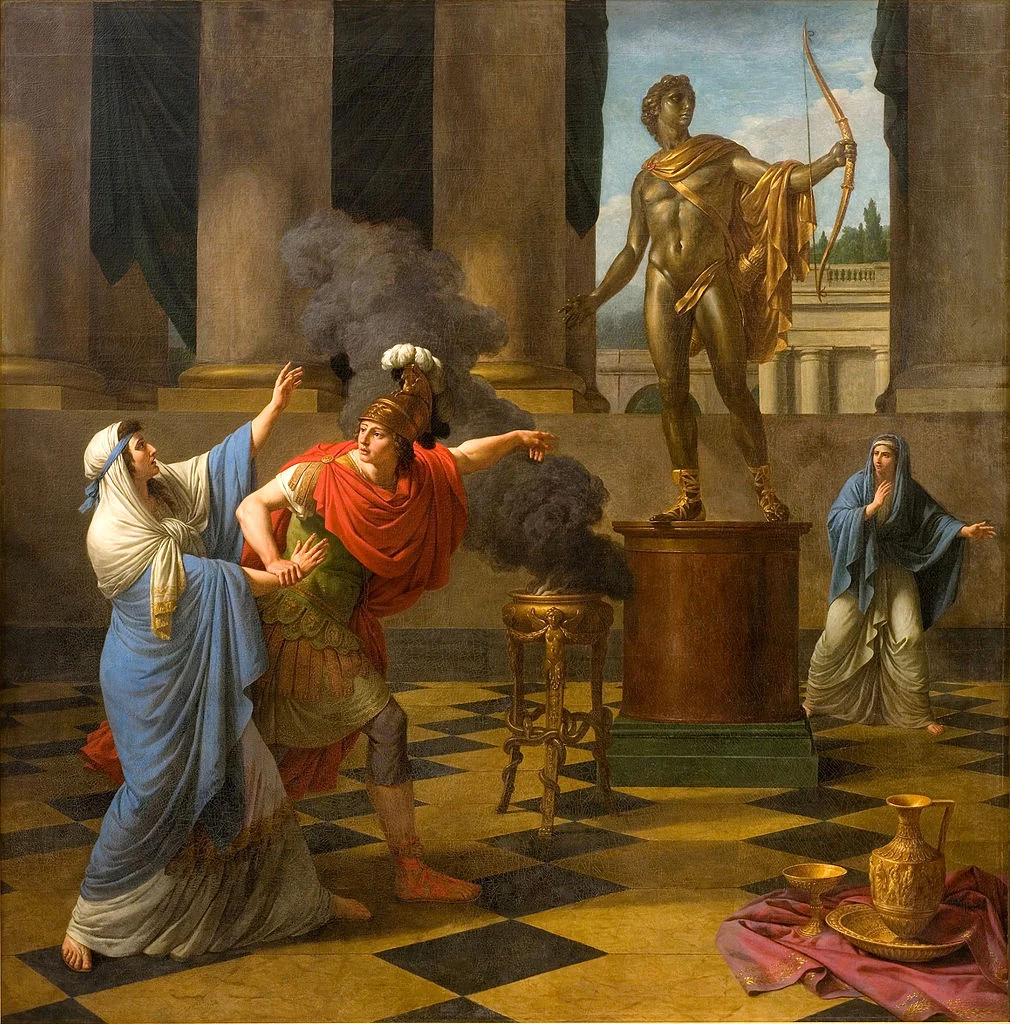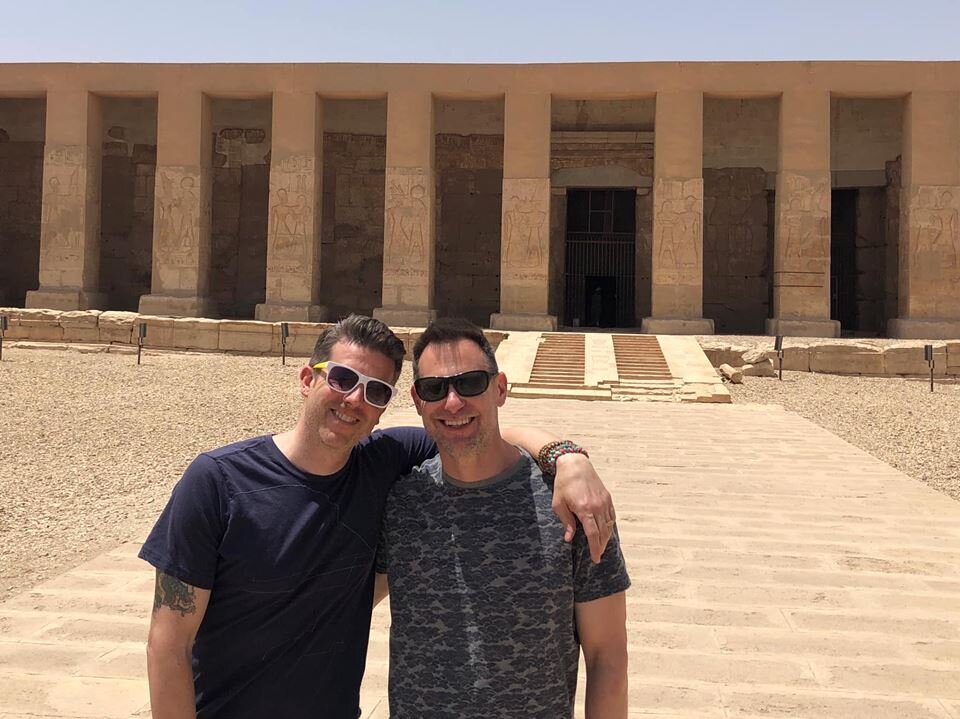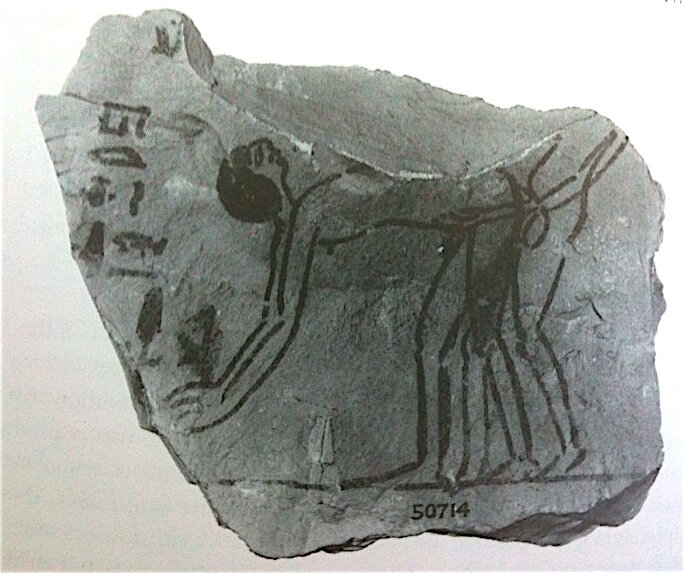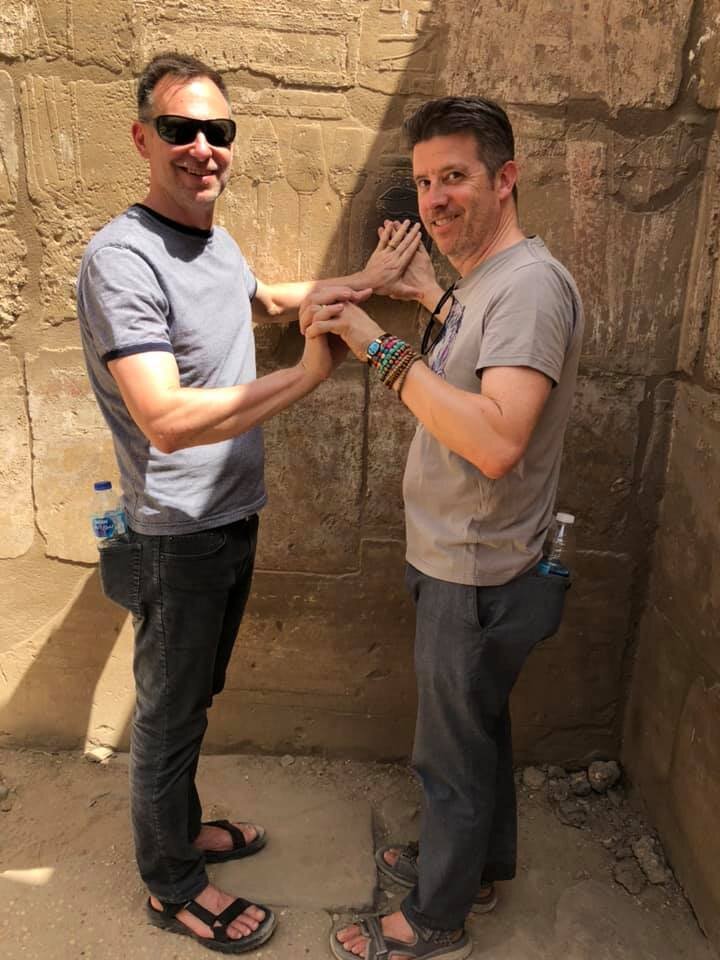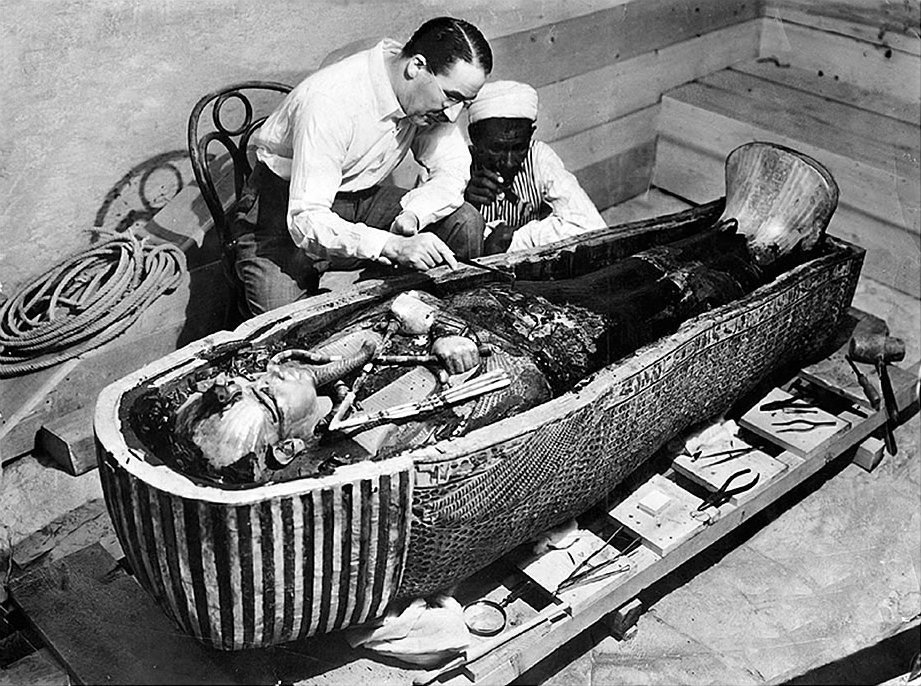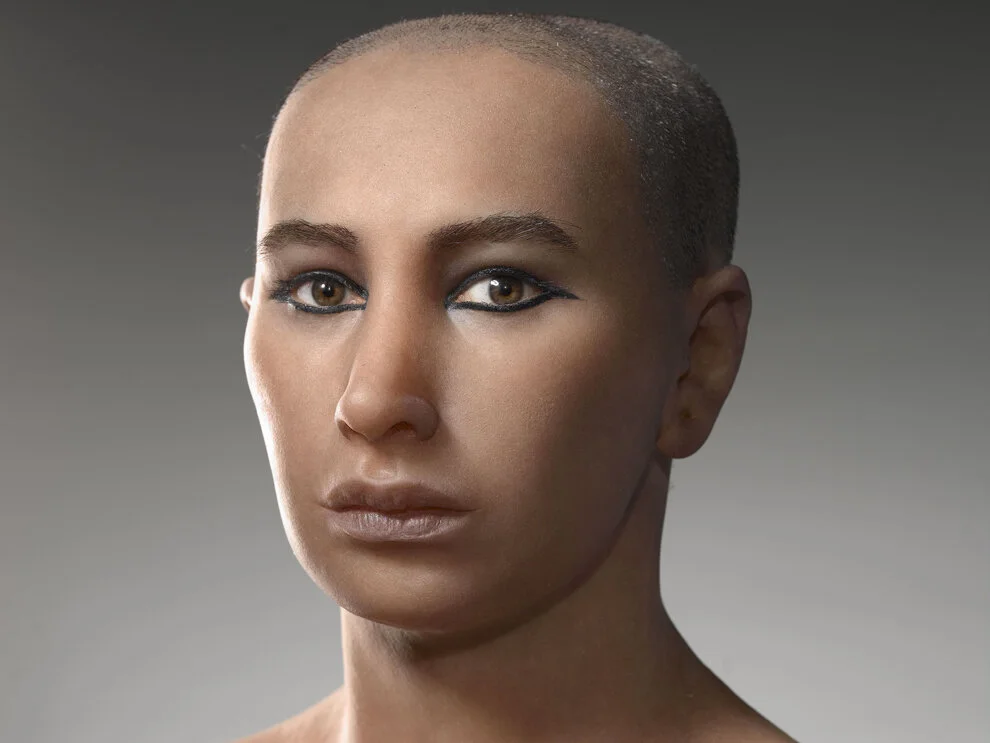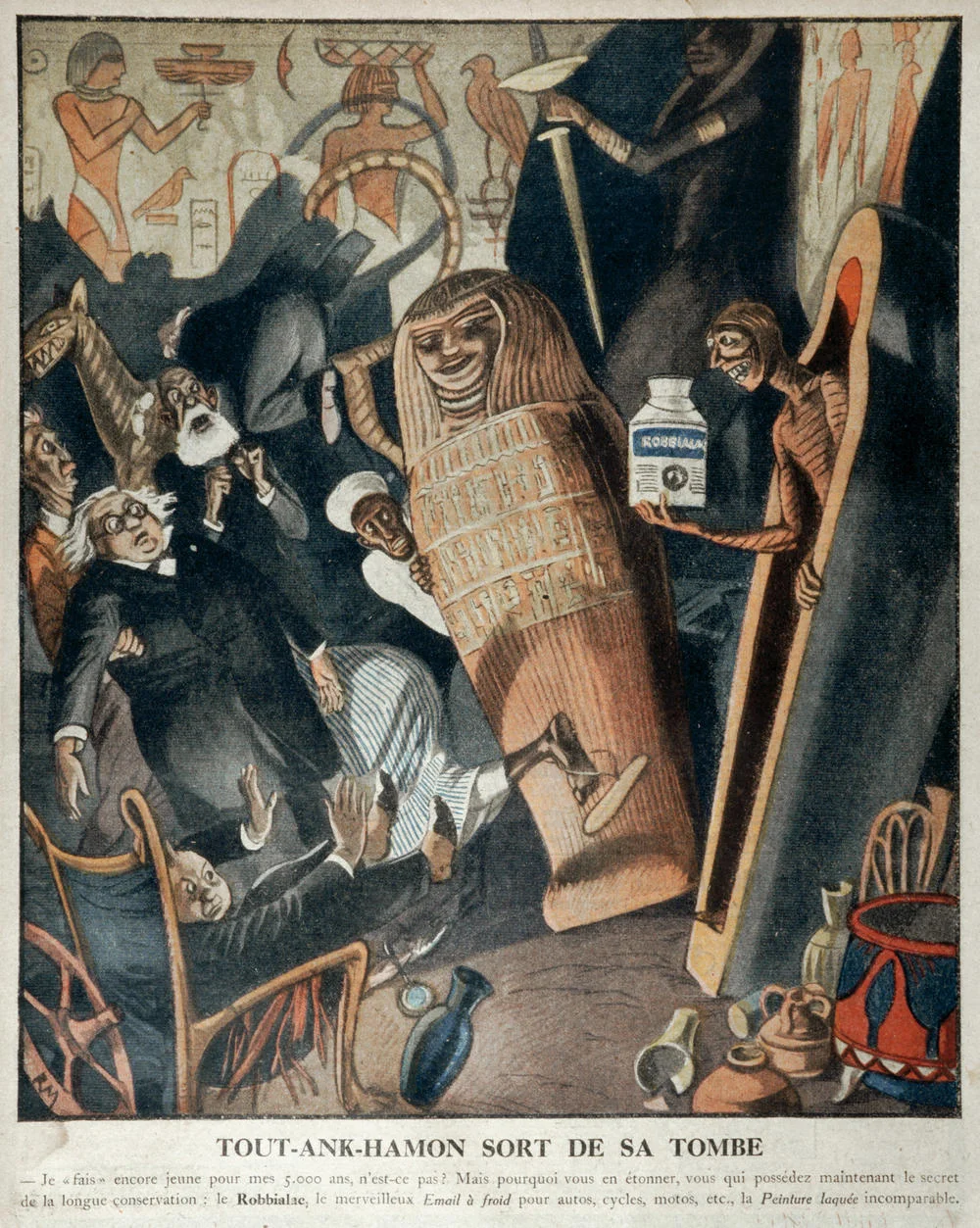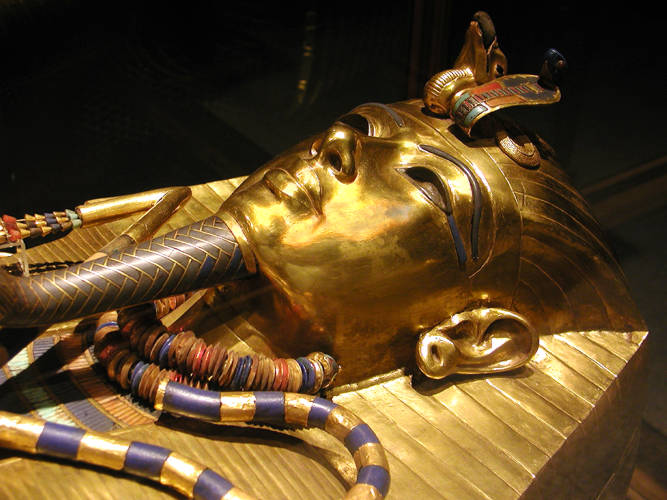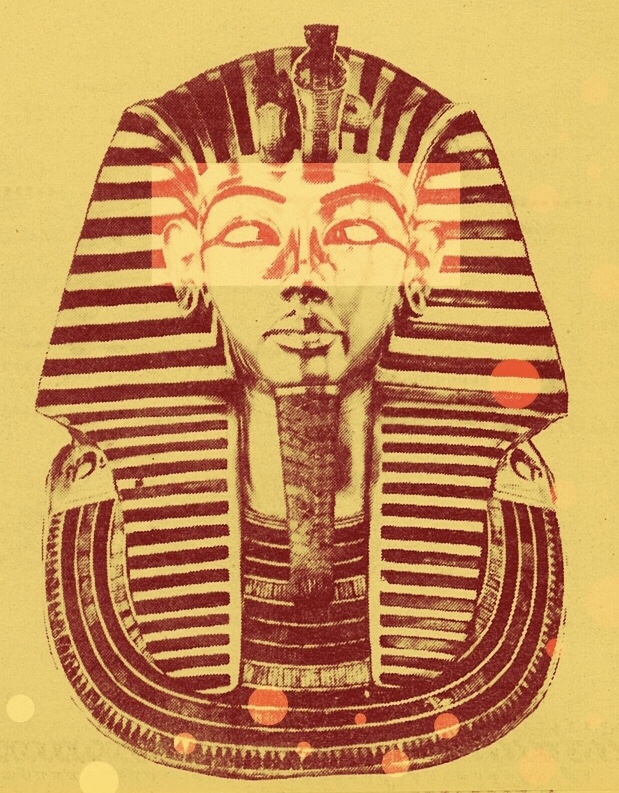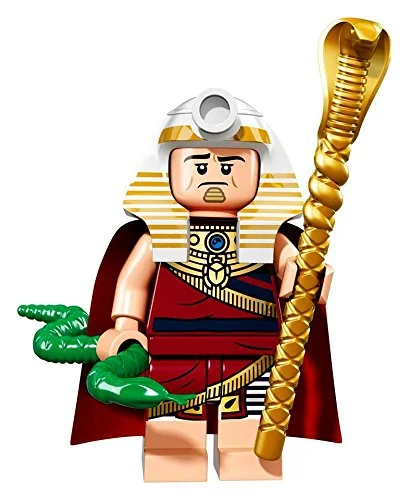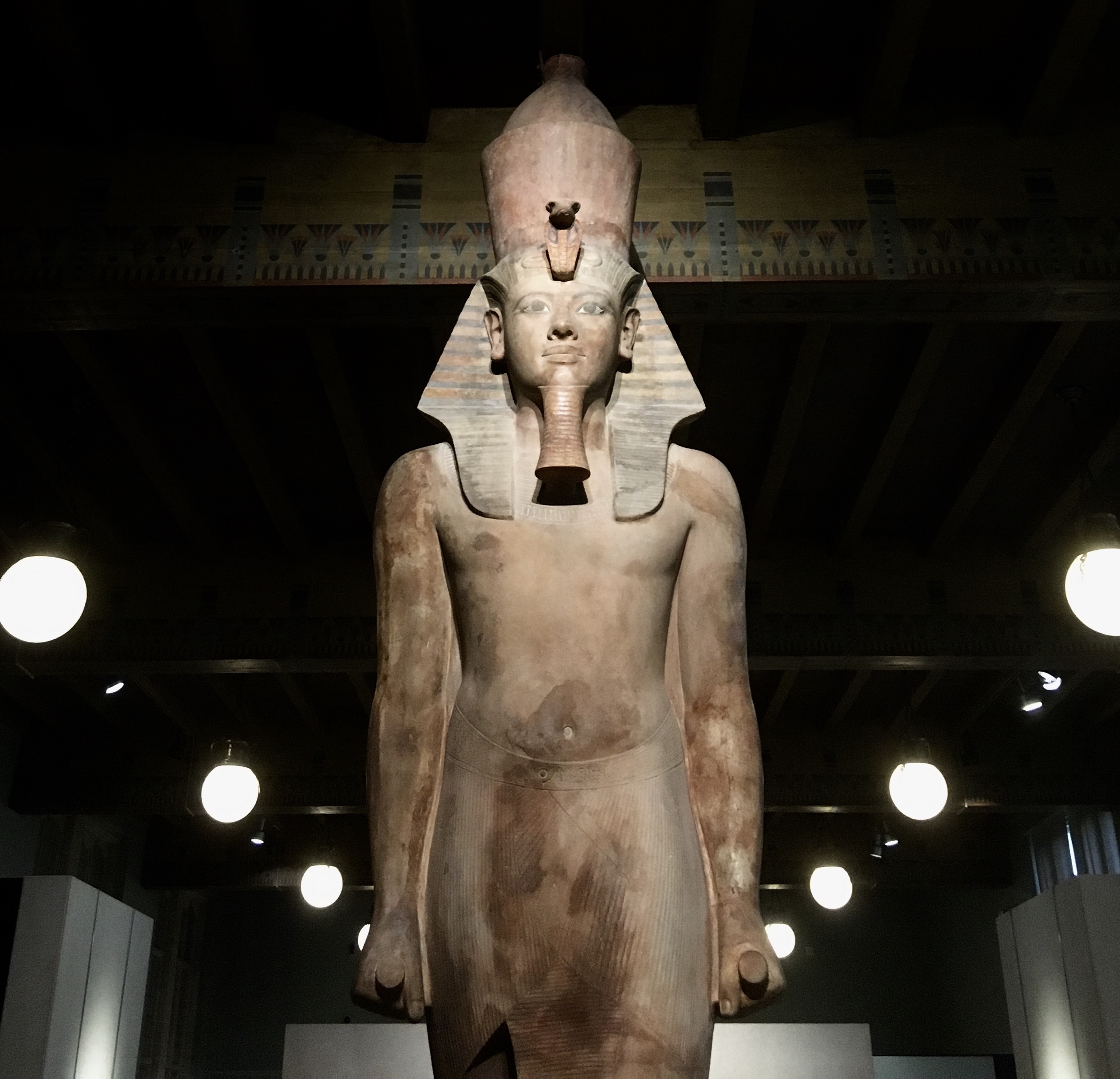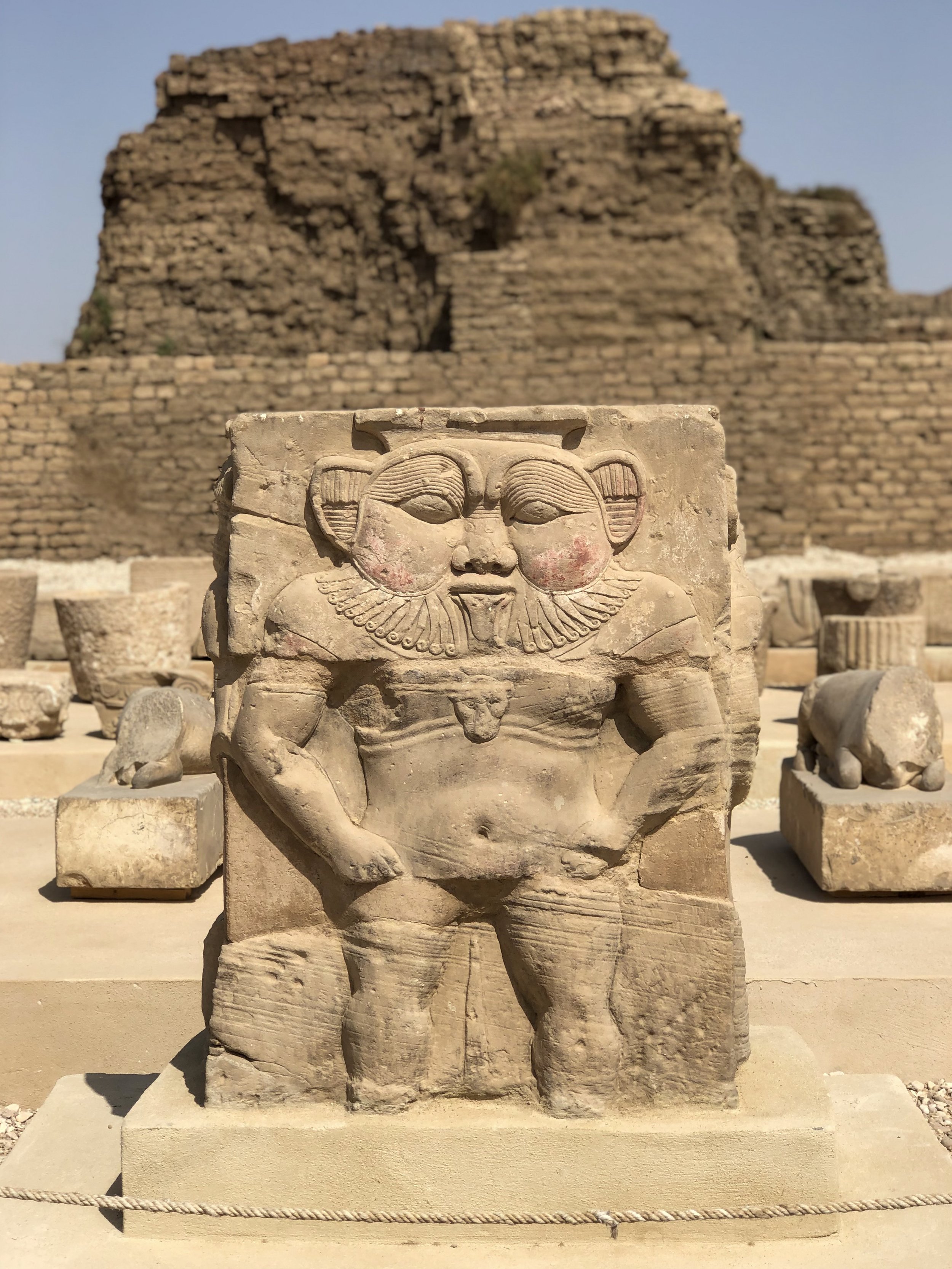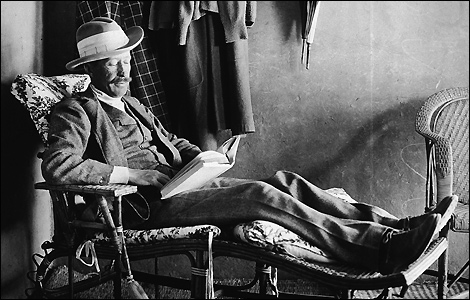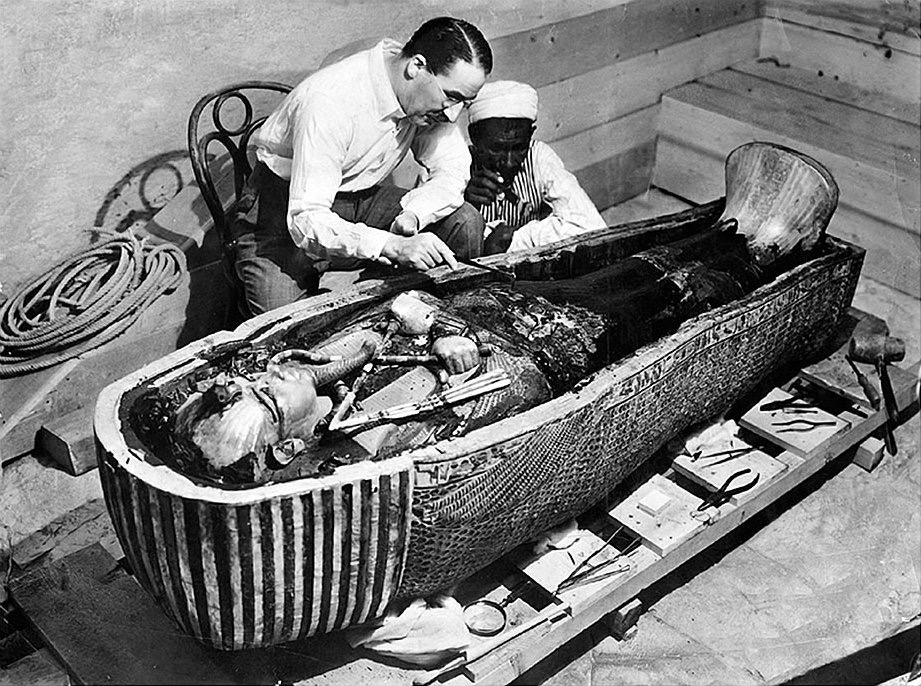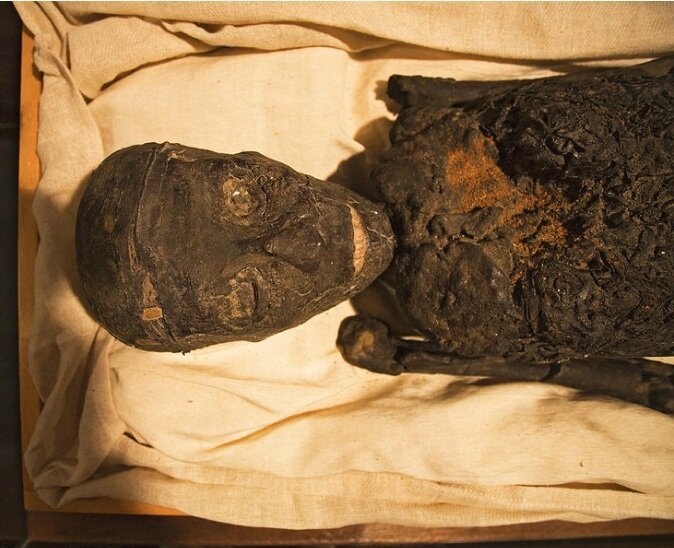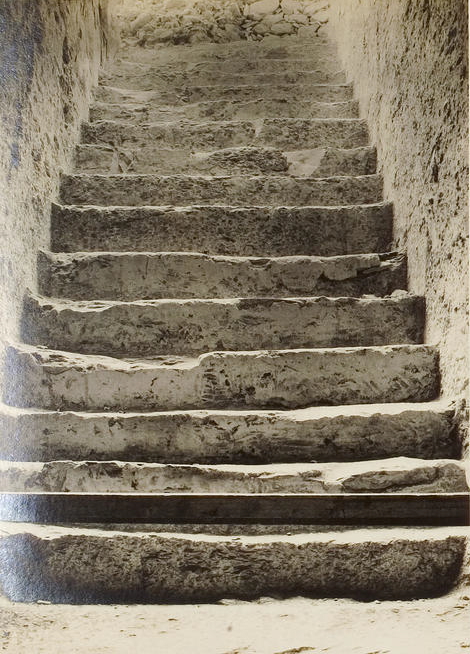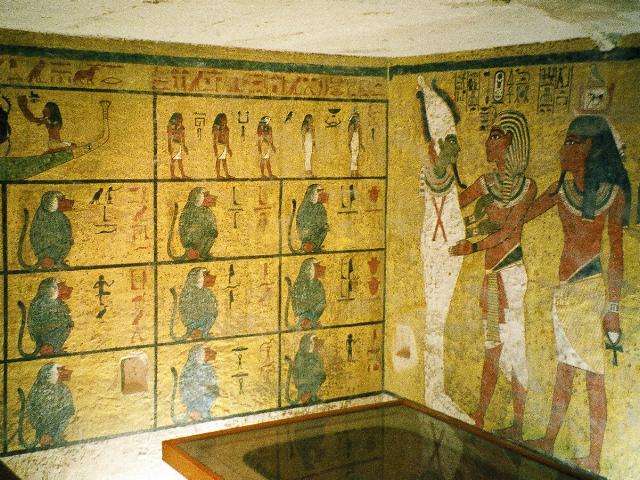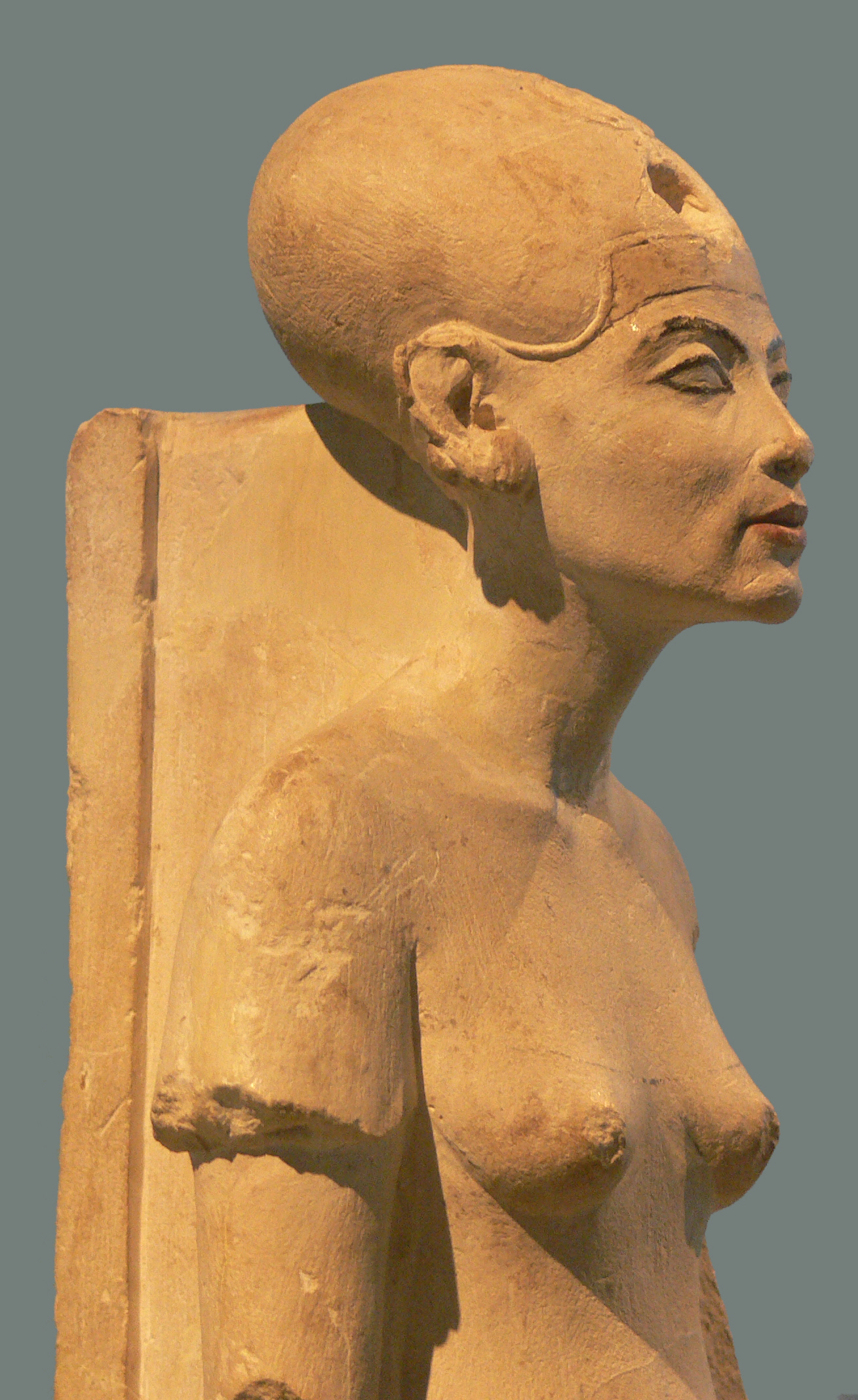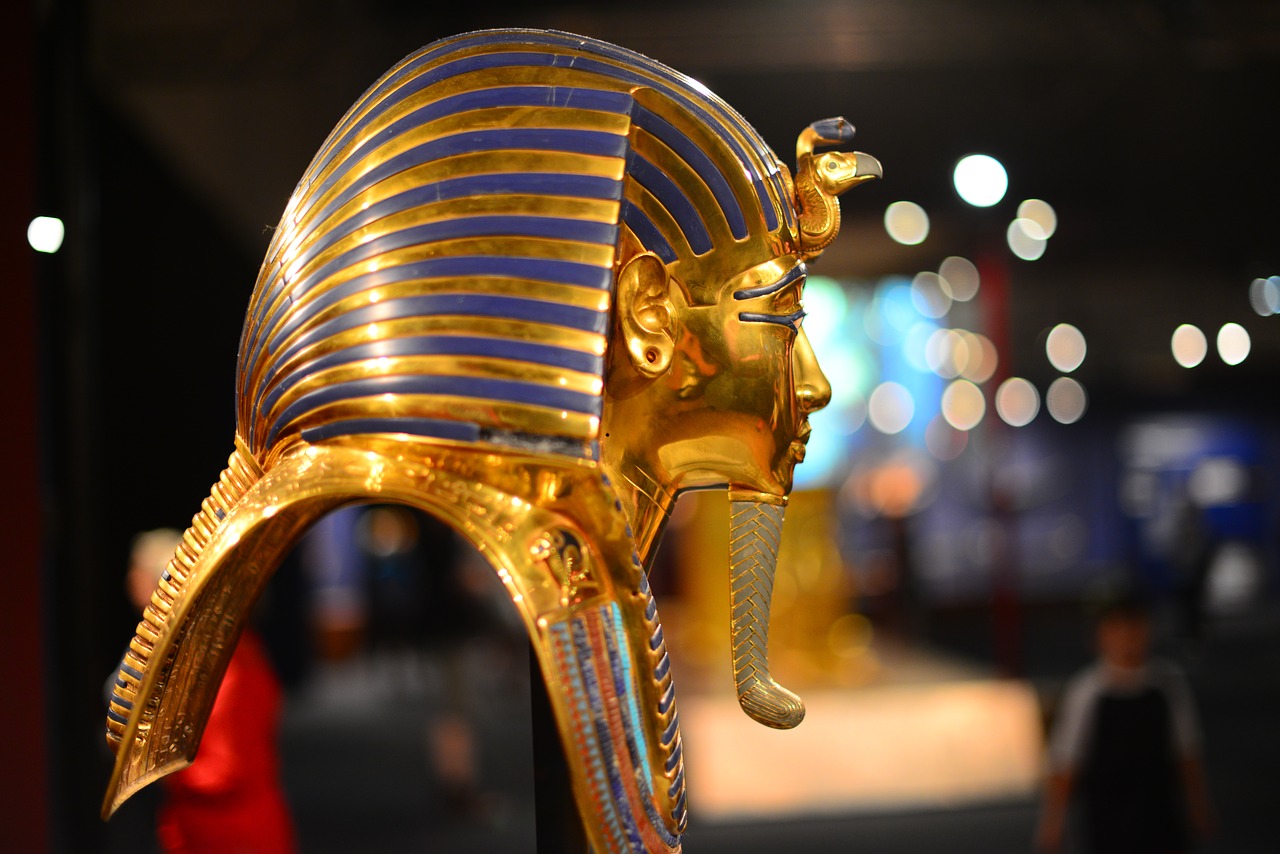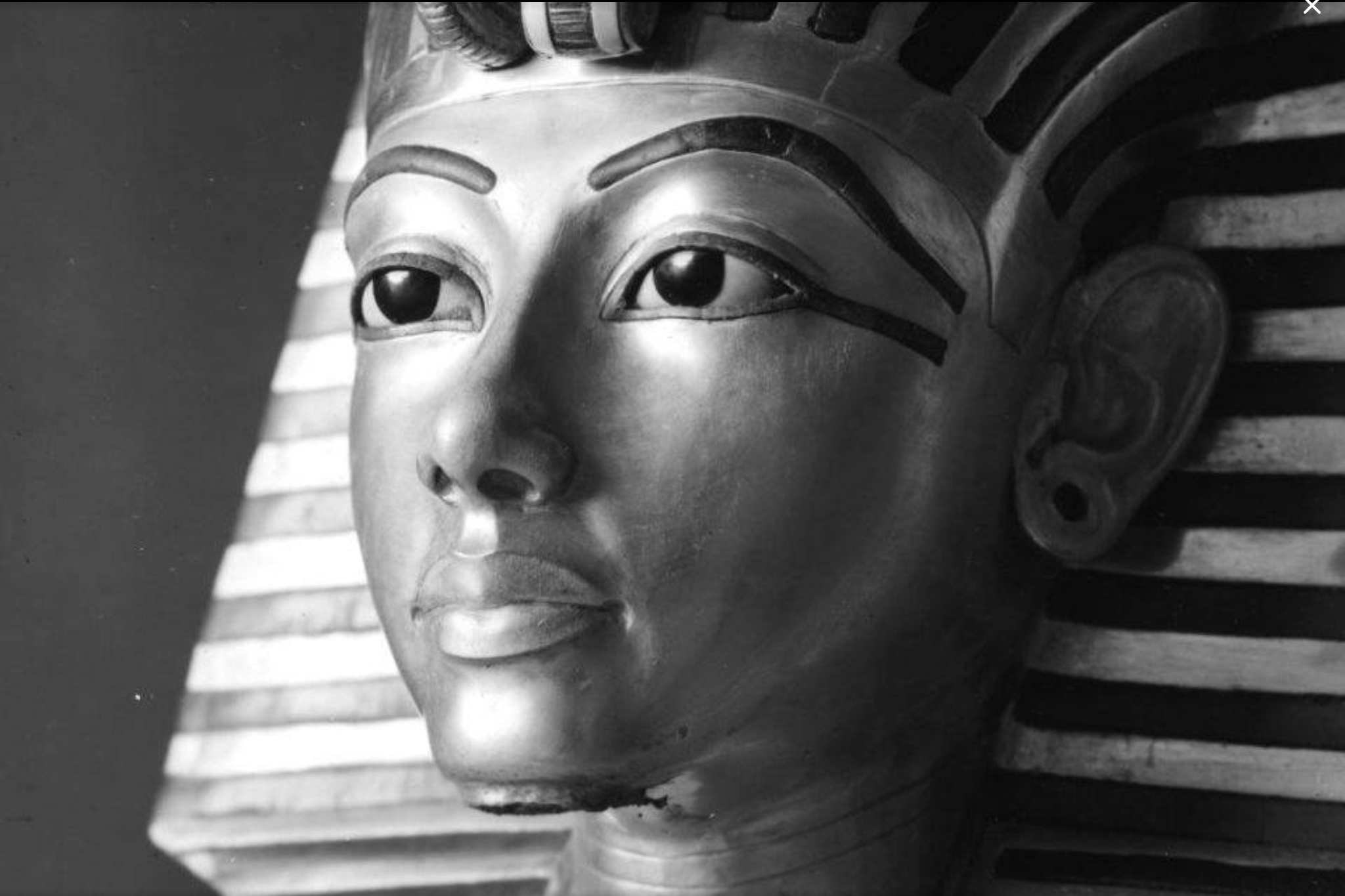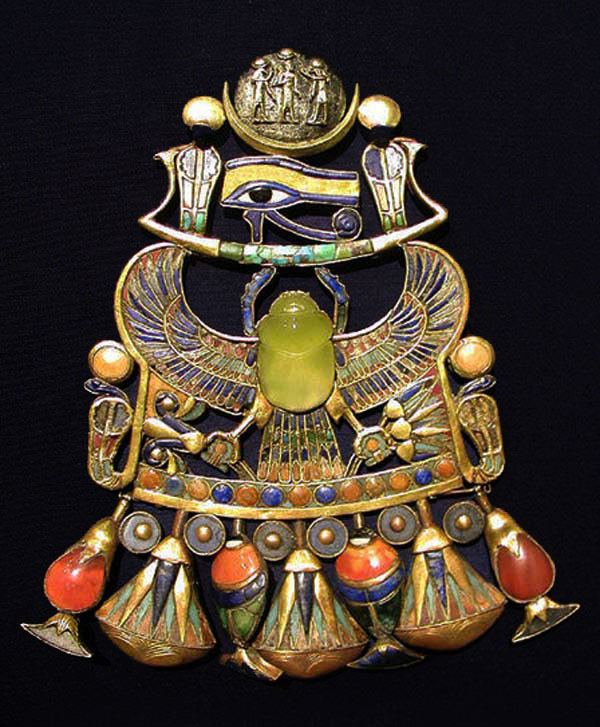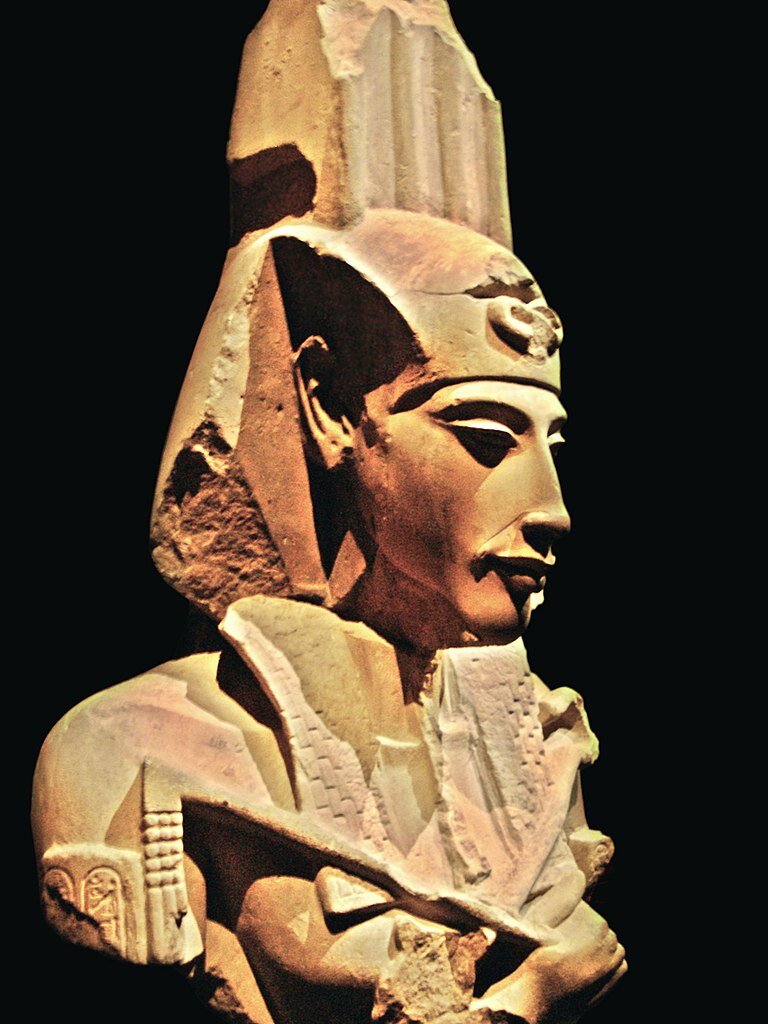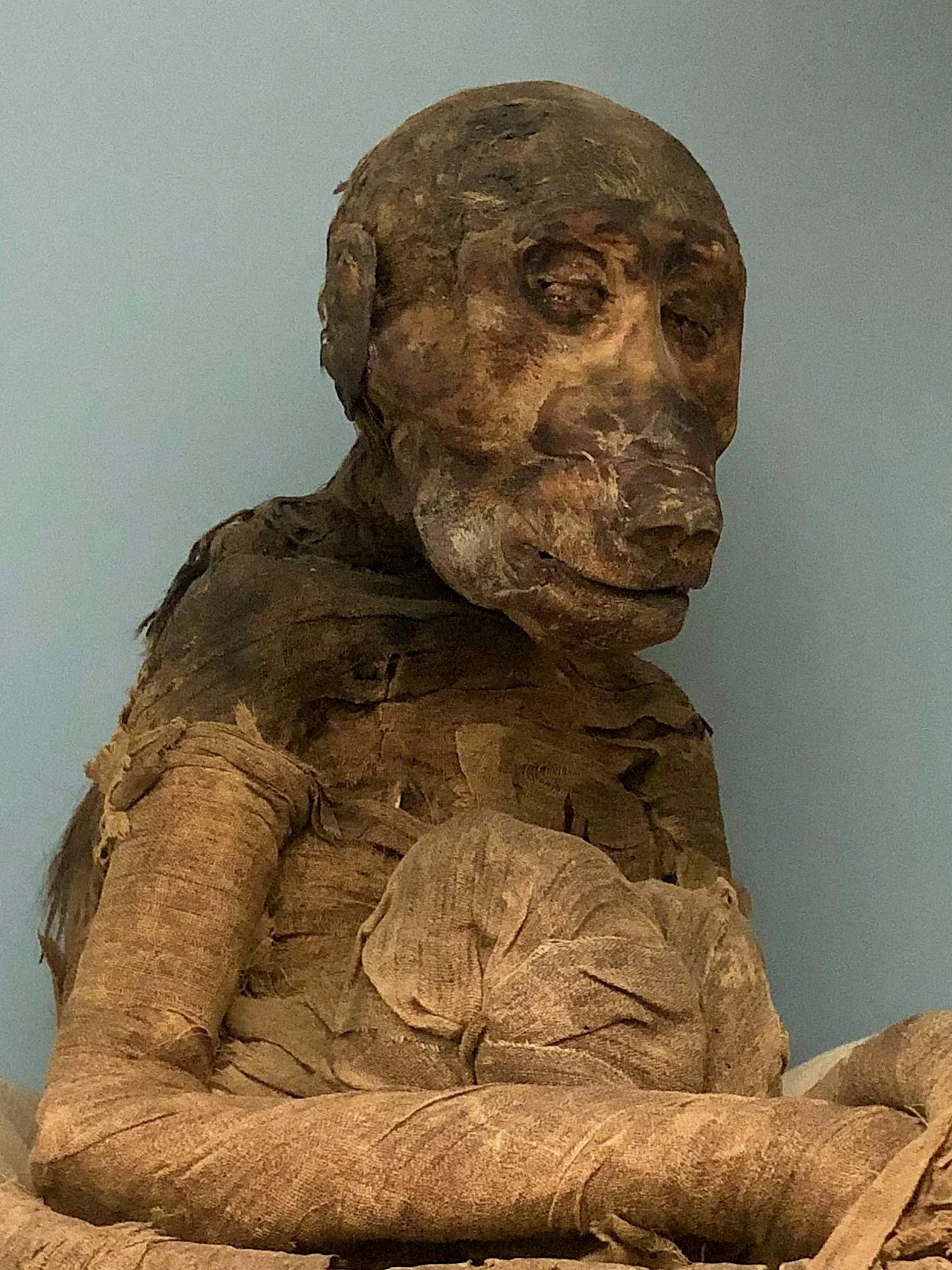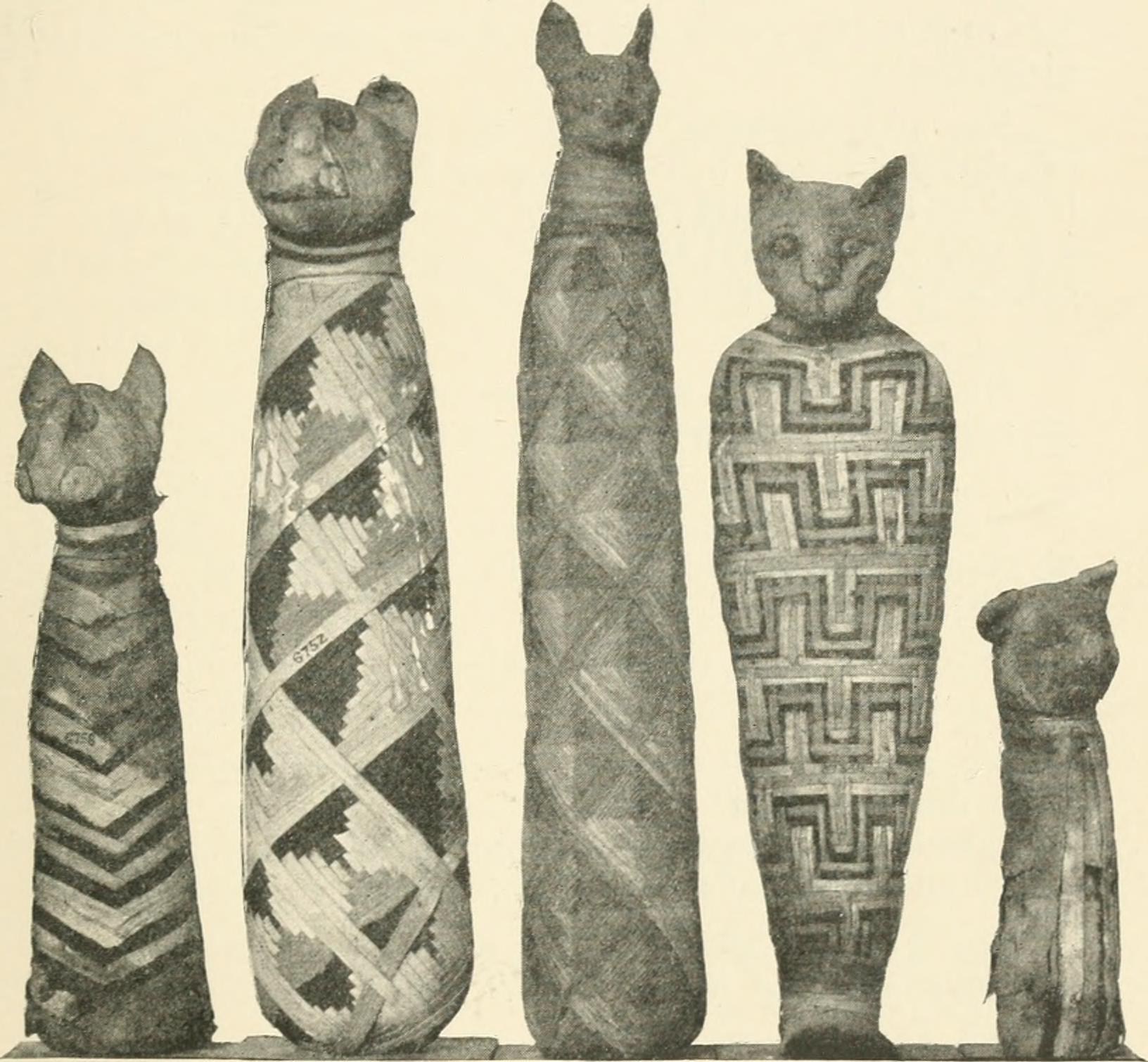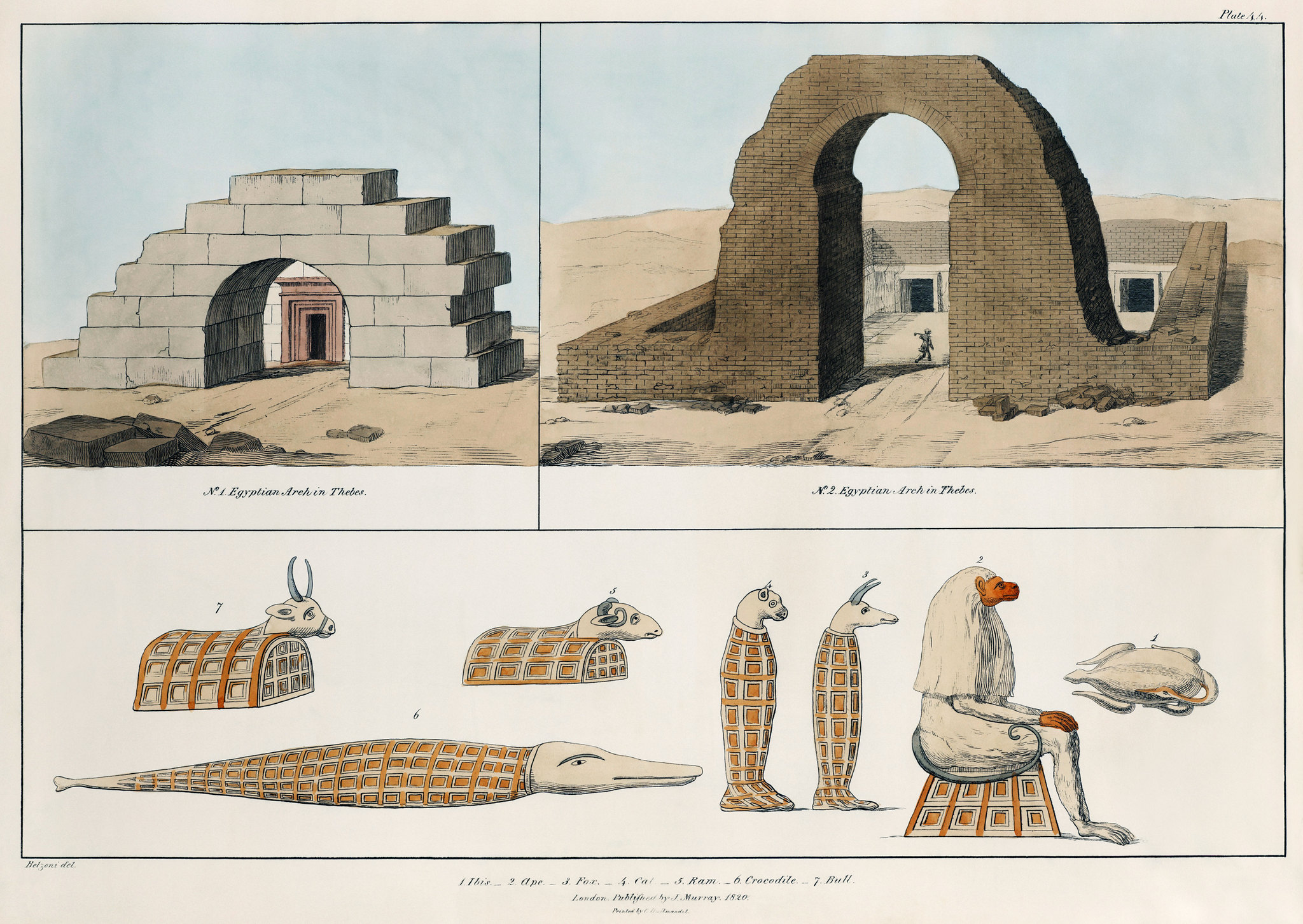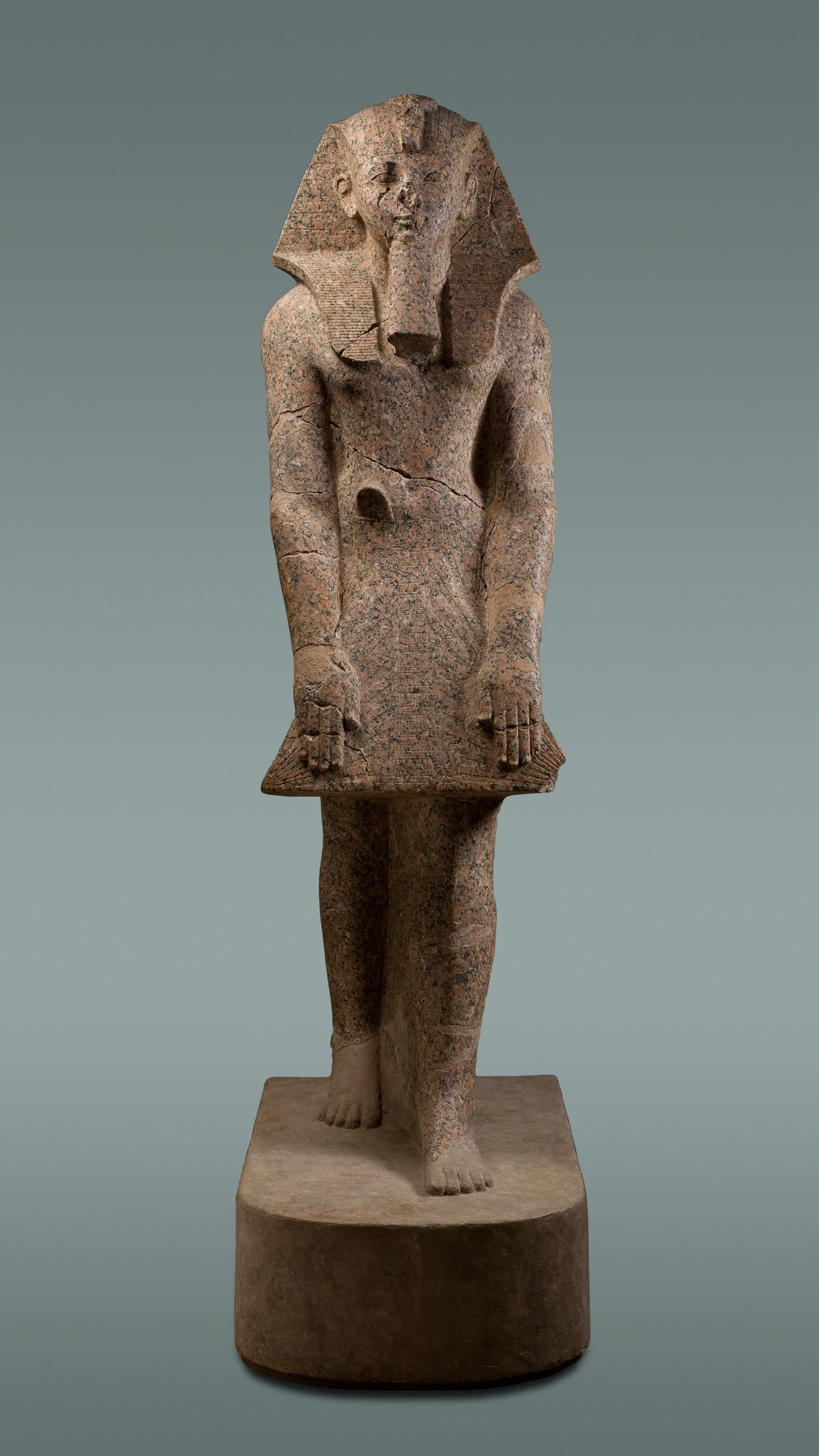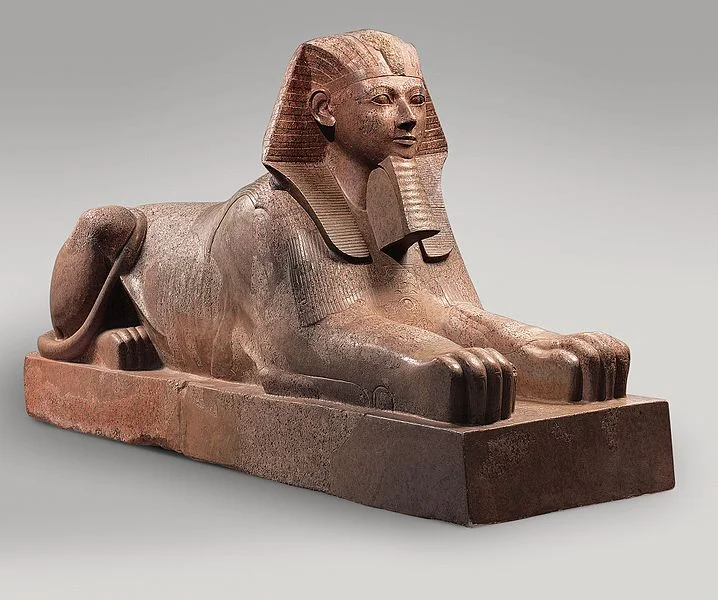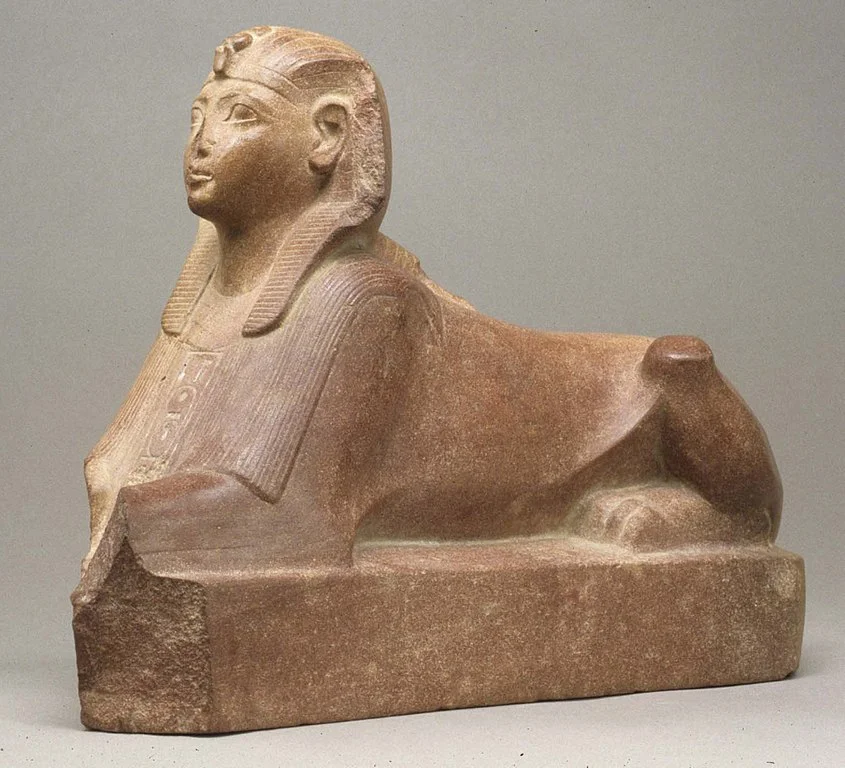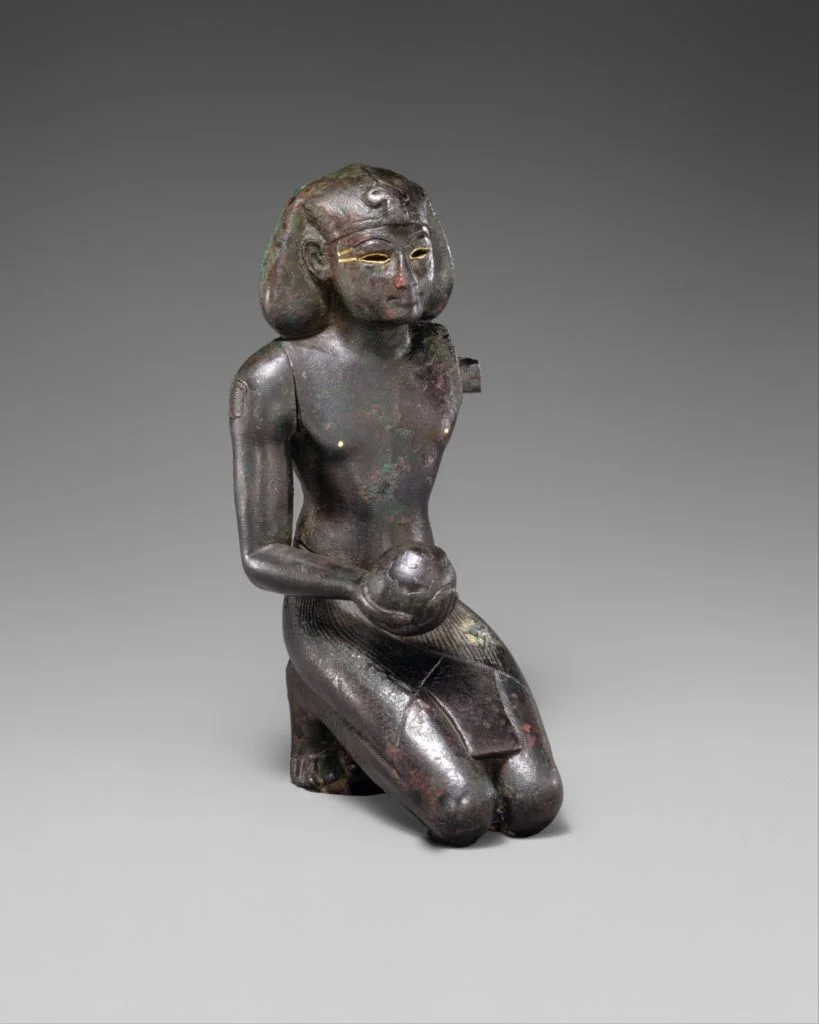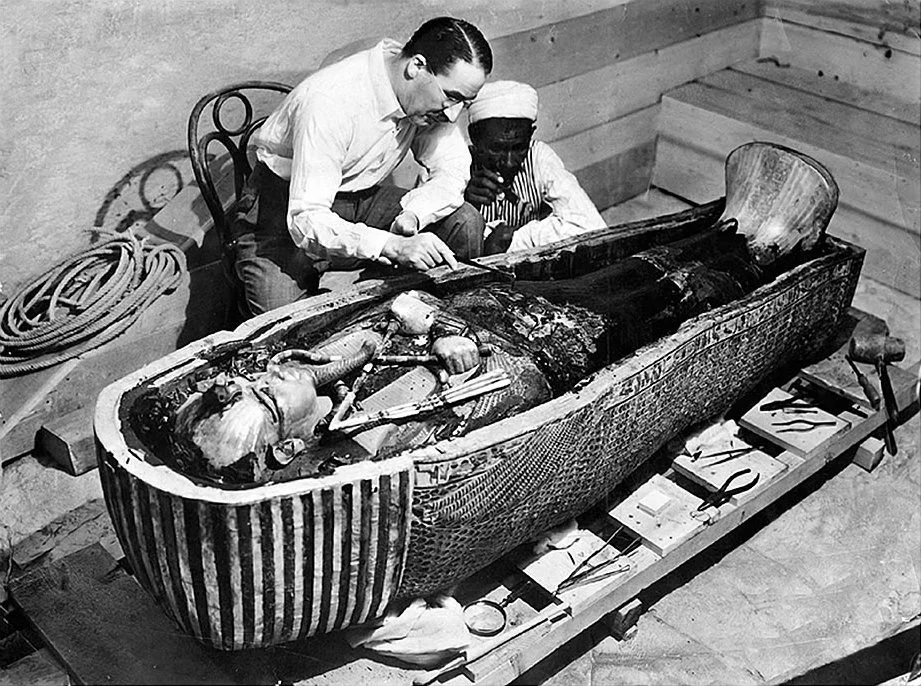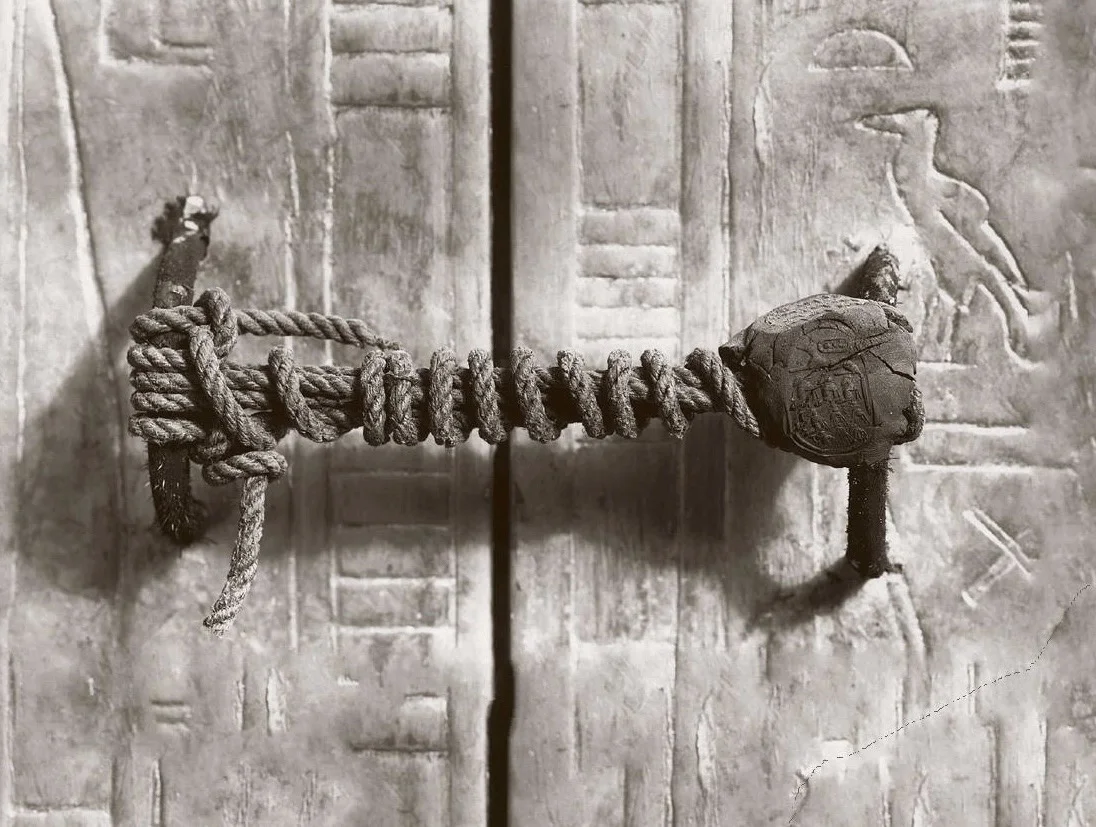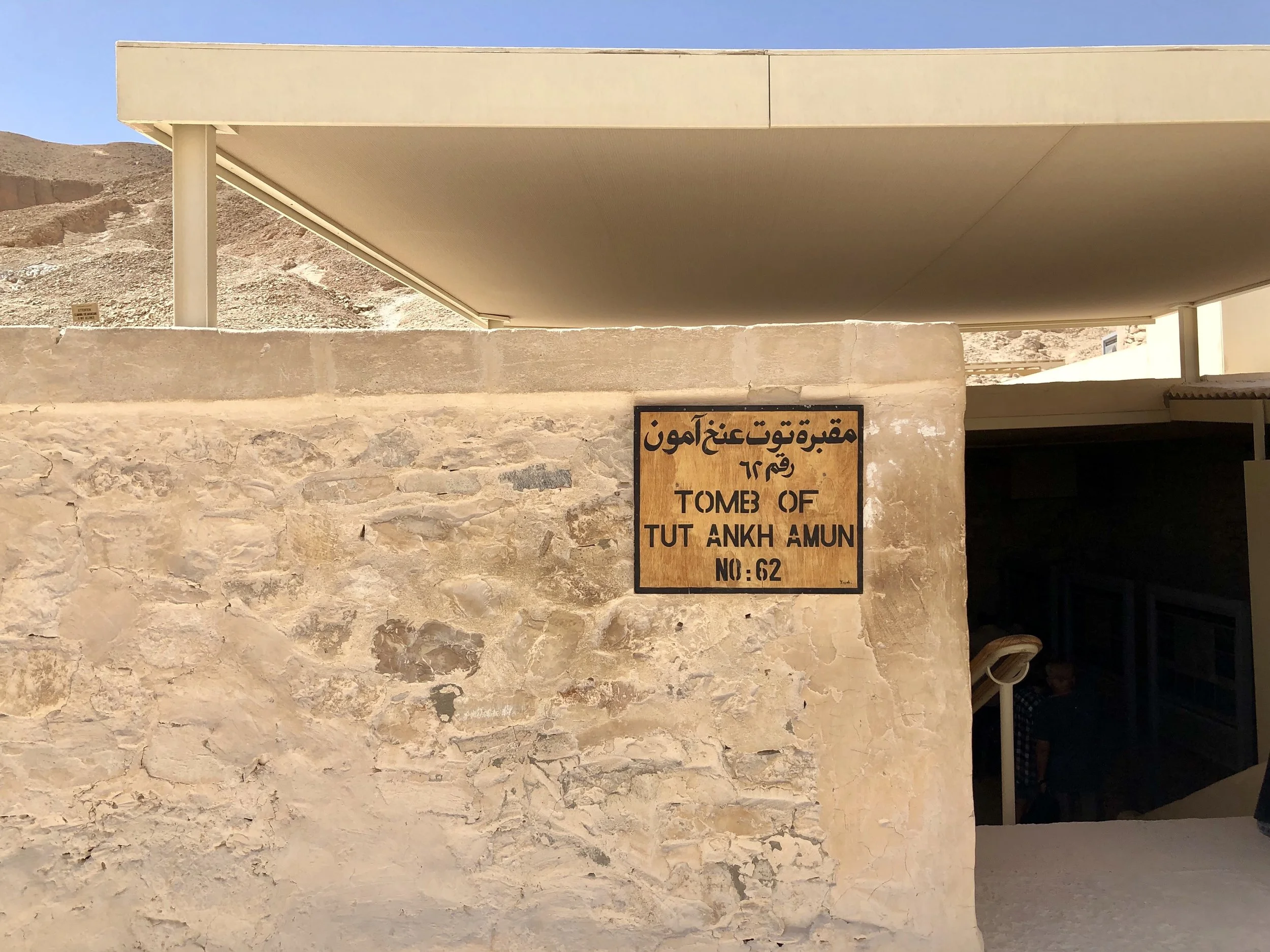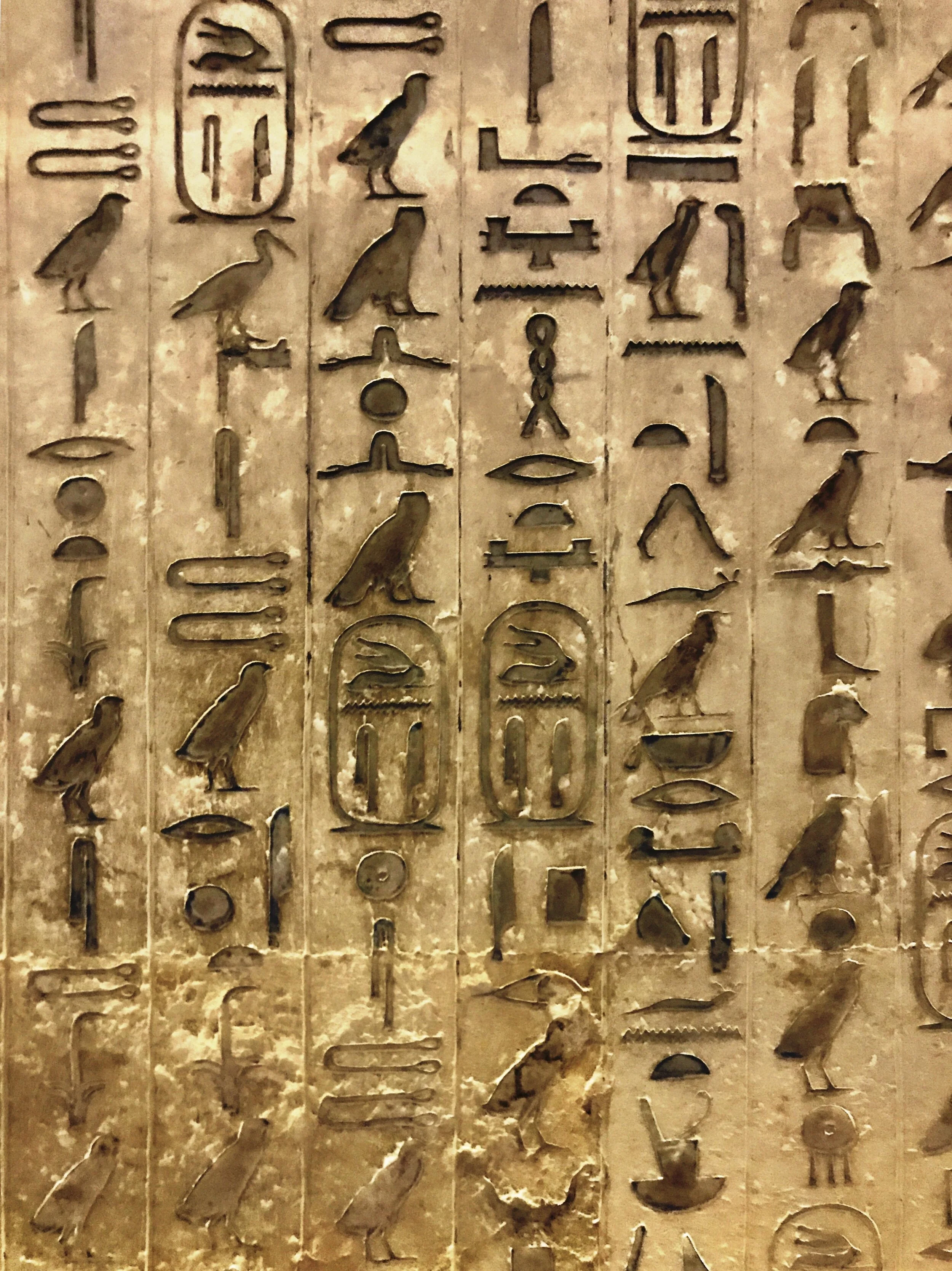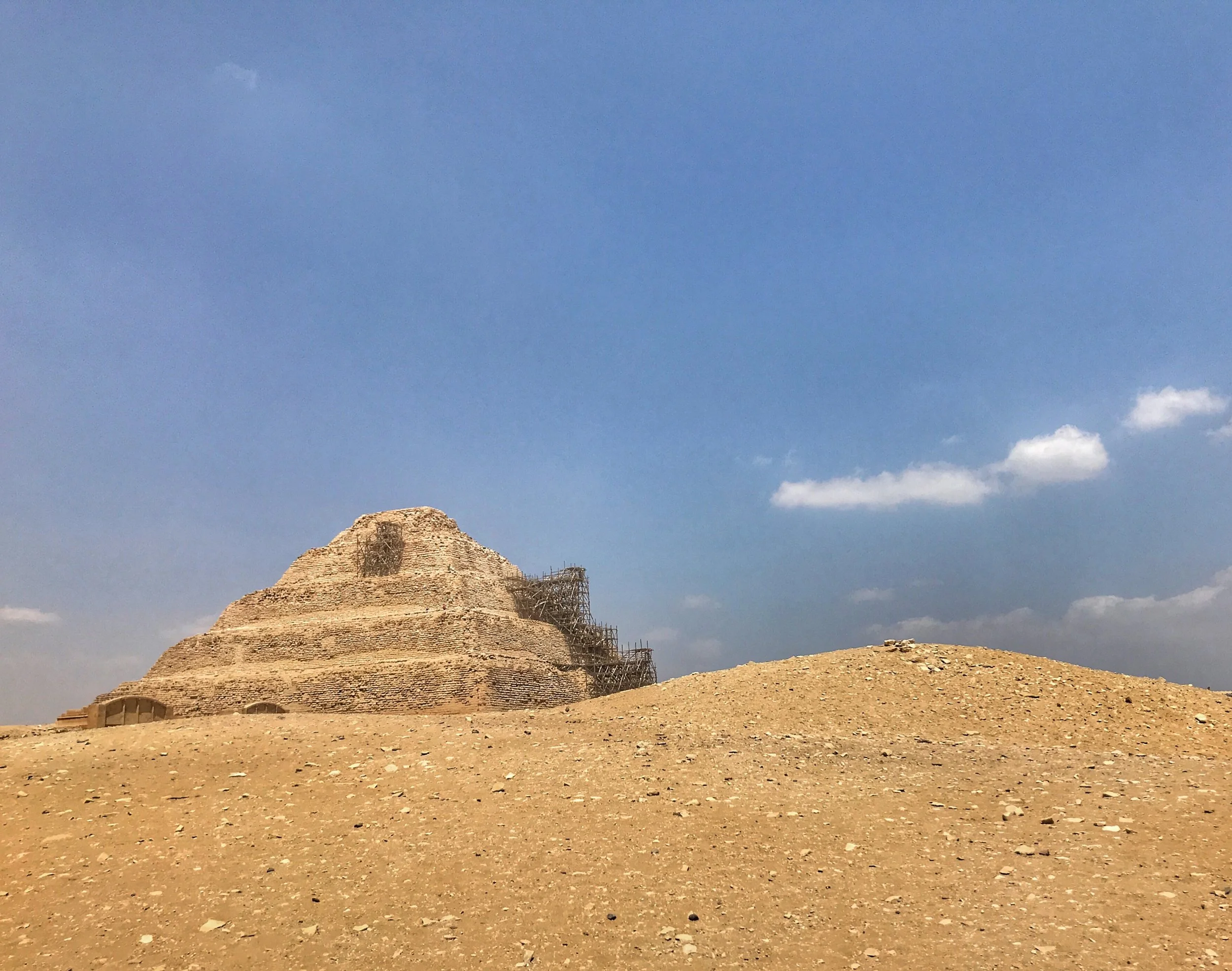How to avoid a bad experience while visiting the Great Pyramid of Giza, Khufu (aka Cheops) and Khafre — the only surviving of the 7 Wonders of the Ancient World.
Wally and Duke pretend to jump for joy during their visit to the Giza Necropolis — but really their guide made the experience quite unpleasant
Constructed over 4,000 years ago, the enigmatic pyramids of Giza are one of the most recognizable architectural achievements of Ancient Egypt and are the oldest remaining monuments of the Seven Wonders of the Ancient World. Here’s what to know when planning a day trip to see them. Hopefully you won’t have a frustrating experience like Wally and I did.
We’re typically very good about doing our research prior to visiting a travel destination. Part of the fun is in the planning, and we’ve often networked with friends to share resources and experiences. But when it comes to drivers, we usually leave that to be discovered on the trip. It usually works out: For example, our hotel in Chiang Mai, Thailand paired us with an incredible driver and tour guide, who got the message that we were into off the beaten path places and after spending an afternoon exploring Ubud, Bali, we managed to find an excellent guide on Jalan Raya, the main thoroughfare that runs through town.
“We think of the pyramids as having nice straight edges, but up close they look pixelated, as jagged as the cubes in the Q*bert video game. ”
There’s a good spot for pics of all three pyramids in the distance
The First Sign of Trouble
I scoured through TripAdvisor threads, Instagram and Pinterest images and found an excellent guide for Upper Egypt, Egypt Sunset Tours, but for whatever reason, we threw caution to the wind in Cairo and decided to book a tour through our hotel. What could possibly go wrong?
(Full disclosure: Our friend Margaret had visited Cairo previously and shared her guide’s information with us, but why we forgot all about this is a mystery that only Hercule Poirot can solve. But I digress.)
Wally and I spoke with a concierge at the Nile Kempinski. We explained that we would like to visit the Giza Plateau, see the pyramids, Solar Boat Museum and Sphinx, have lunch at the Marriott Mena House, move on to Saqqara and end at Rhoda Island to see the Nilometer. We were told that the itinerary was possible and would cost 1600 EGP. A private car, driver and English-speaking guide would be provided from 8:30 a.m. to 4:30 p.m. the following day. What we didn’t know is that he would go rogue and give us a second-rate experience.
We opted not to take a camel ride, but it’s a good way to see more of the Giza area
We met our guide, Ahmed, the following morning at the concierge desk, and before we even got into the car, he asked why we wanted to visit the Nilometer, as it was within walking distance of the Kempinski. I explained to him that I had seen images of it online and was hoping we could see it on our return. He then proceeded to tell us that it was closed and we could only view the exterior of the building that contained it, which isn’t very impressive. As if to drive the point home, he added that traffic could come into play, depending on the time of day. I was confused, as I hadn’t read anything online about it being closed, but I trusted that he knew better than we. And as we had experienced at the Khan el-Khalili market the night before, traffic in Cairo was no joke. Little did we know that this was the first red flag.
Horse-drawn carriages are another way to get around Giza
Misguided at Giza
As we drove to the pyramids, we listened intently to Ahmed as he gave us a bit of history, telling us that according to Ancient Egyptian lore, the alluvial mud from the Nile flood had formed a natural primeval mountain, and the deity Djehuty, more commonly known as Thoth, in the form of a sacred ibis bird, laid an egg at the apex, from which the sun god Ra was born. Interesting stuff, right?
Ahmed asked if we wanted to ride camels around the pyramids or stay with the vehicle, as there’s a service road for cars and a separate dropoff for quadrupeds. He made it sound like we’d be on our own, going from pyramid to pyramid. Confused, Wally and I agreed to stay with the car as riding a camel didn’t seem ethical and we wanted to learn as much as we could about these incredible ancient man-made mountains of limestone. Plus, having a guide with us kept aggressive touts away.
You can climb the base of the pyramids, but even if you go first thing in the morning, the site will already be quite crowded
There are actually six pyramids at Giza. the Great Pyramid of Khufu, the Pyramid of Khafre and the Pyramid of Menkaure, along with three much smaller pyramids located behind Menkaure’s that are known as the queens’ pyramids.
The pyramids were built as tombs for the pharaohs, using approximately 2 million blocks of limestone and granite — each weighing an average from 2.5 to 15 tons. Their jagged appearance was once concealed by a layer of pale, polished white limestone that was later removed and repurposed to build mosques and madrasas of medieval Cairo.
Duke and a Wonder of the Ancient World
A Tour of the Pyramids
The first pyramid we saw was the Great Pyramid of Khufu, once more commonly referred to by its Greek name, Cheops. It stands at a towering 445 feet tall and was the tallest man-made for nearly 4,000 years until the Lincoln Cathedral claimed the title in the 1300s. The Ancient Greek historian Herodotus, who visited the site in 450 BCE was told by Egyptian guides that it was built over a 20-year period.
We think of the pyramids as having nice straight edges, but up close they look pixelated, as jagged as the cubes in the Q*bert video game. We climbed up on a few of the polished stones, but you can no longer go all the way up for picnics and sunbathing like the Victorians were able to do.
The second pyramid, built by Khufu’s second son, Khafre, had less of a crowd and that’s why we decided to venture inside this one. You have to decide when you’re at the ticket booth which, if any, of the pyramids you want to venture within and pay a bit more.
Ahmed, of course tried to dissuade us. There are three reasons not to go in, he said: They’re claustrophobic, the air quality is poor, and there aren’t any reliefs to see. Clearly he didn’t know us, as we weren’t going to see the pyramids without going inside one. It turns out he was just rushing us through the sites so he could end his day earlier.
The pyramids are constructed of large blocks of stone fitted together and have stood for over 4,000 years!
Duke sits at the base of the Great Pyramid. Wally says the pyramids are full-on Monets: gorgeous from afar…but a big old mess when you get up close
Wally and I presented our tickets and began the steep descent down a narrow corridor wide enough for only a single person to go down or up — and you have to walk hunched over. Thankfully, at times the passage flattens out and opens up so you can stand upright again.
At the end of this passage you’ll find the vaulted burial chamber and black granite sarcophagus that once held the bones of a bull, an animal who symbolically represented the strength and virility of the reigning monarch. The tomb itself was stripped of its treasures and earthly remains by robbers in antiquity. Giovanni Belzoni, who uncovered the pyramid’s entrance, prominently recorded his deed on a wall of Khafre’s tomb, where it can still be seen today: “Scoperta da [Discovered by] G. Belzoni. 2. Mar. 1818.”
Attack of the Giant Wally! The one talent our slacker guide had was capturing the goofy obligatory photos of the pyramids
Silly Pyramid Photo Opps
We then got back into the car and were shuttled to a barren, rock-strewn plateau known as a great panoramic lookout with a view of all three pyramids. This was the one moment that Ahmed shone as a guide — taking silly photos of us with the pyramids in the background.
When we visited, the entry fee to the complex cost 160 Egyptian pounds (L.E.) per person, 10 L.E. for parking and an additional 100 L.E. to go inside either the Pyramid of Khafre or Menkaure.
A pack of stray dogs line up for photos at the base of the Pyramid of Menkaure
Ahmed failed to mention the Solar Boat Museum to see the barque of Khufu, which we didn’t realize until we were off the complex and couldn’t go back. But he made sure to mention stopping at a papyrus shop after — this was deemed worthy of his time because he undoubtedly gets baksheesh for all the poor saps he convinces to go there. –Duke




